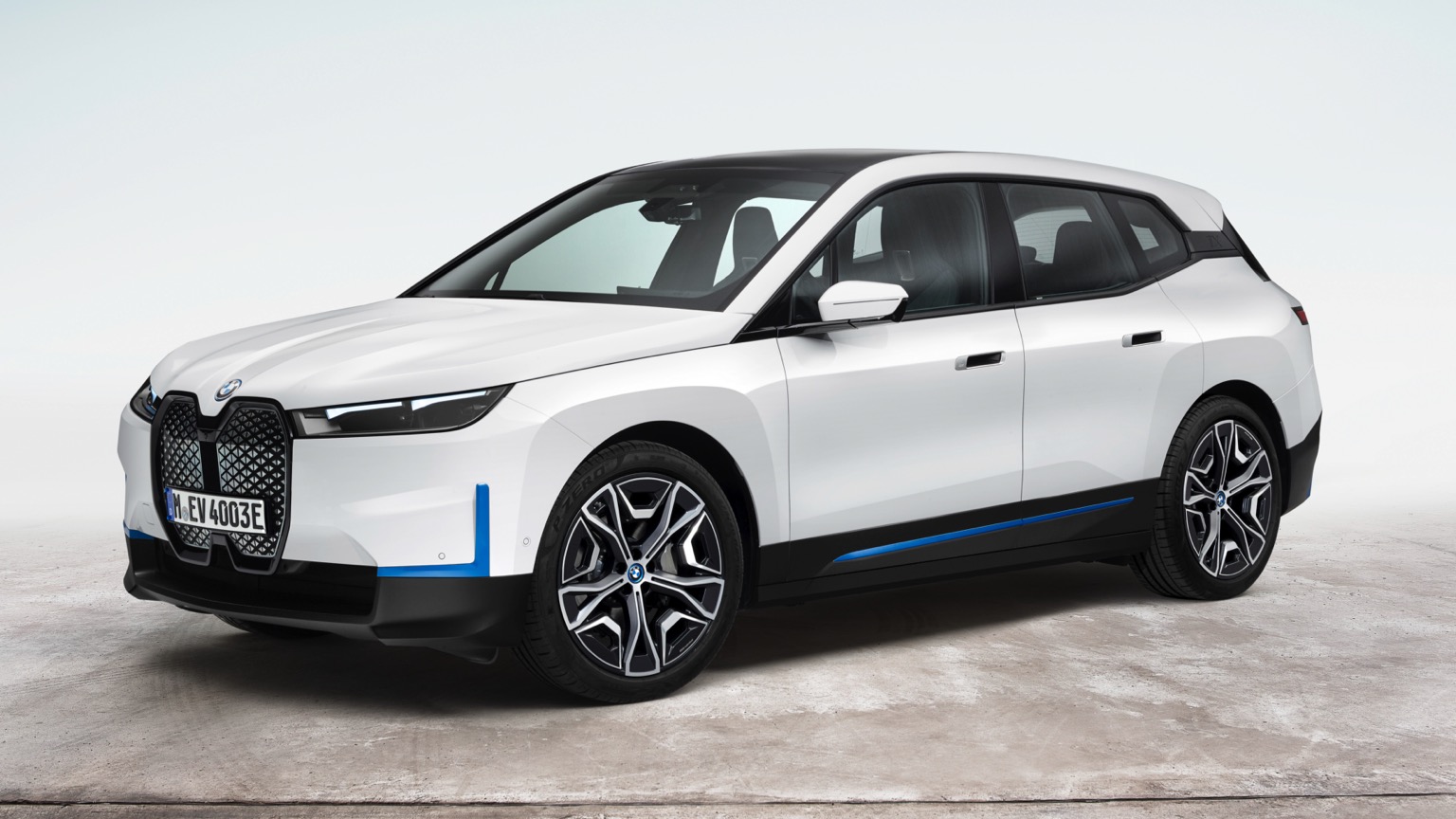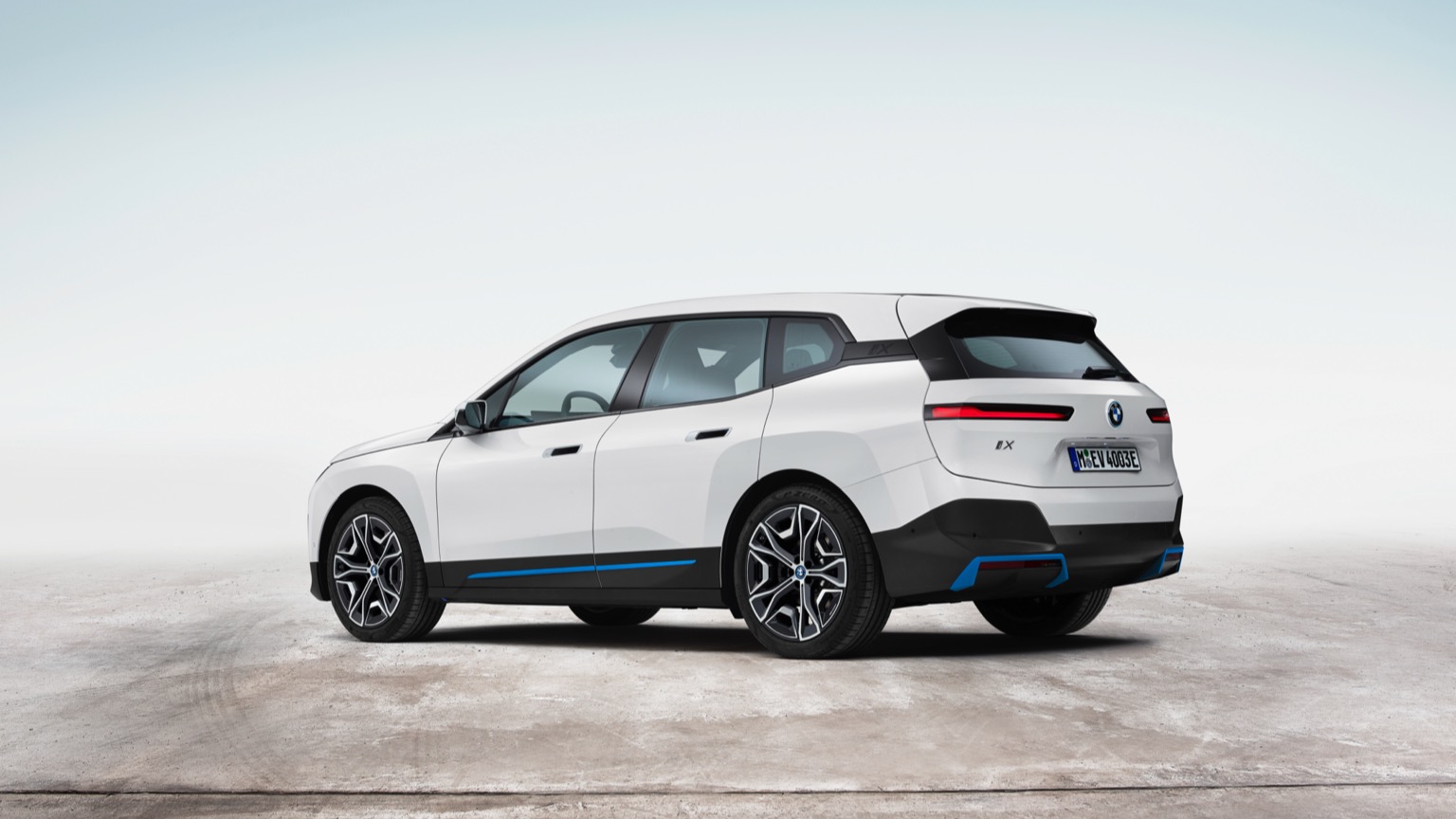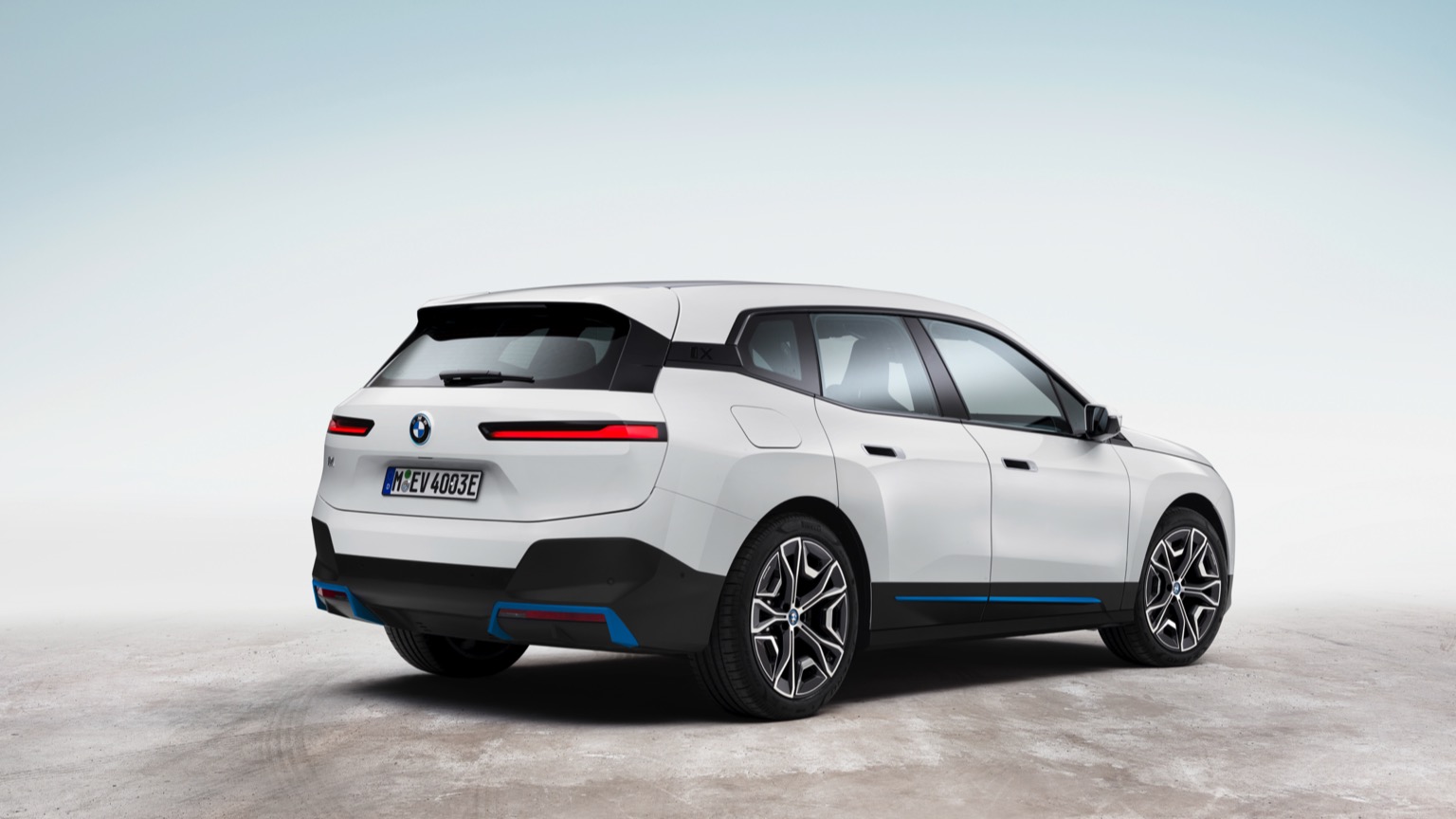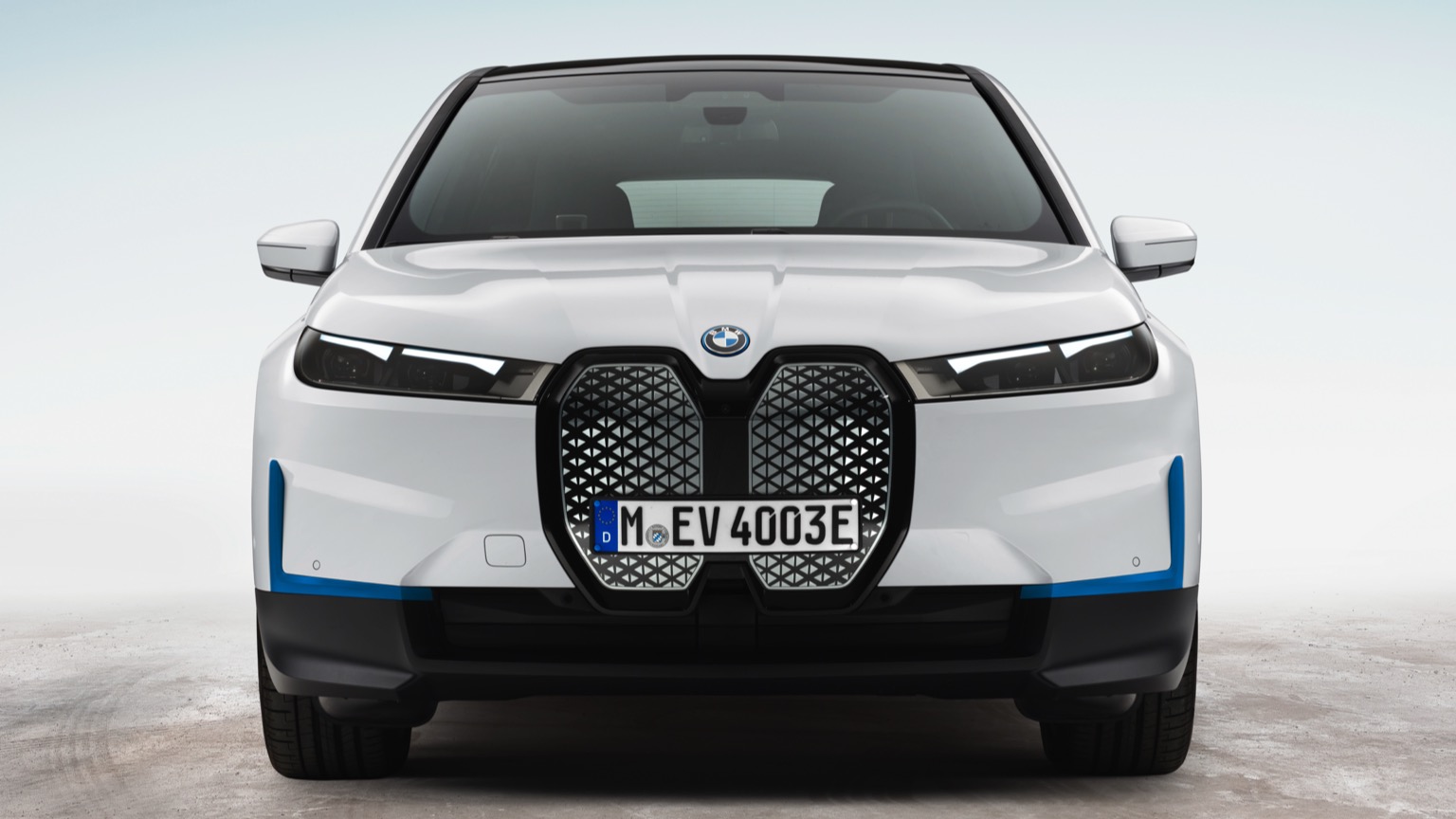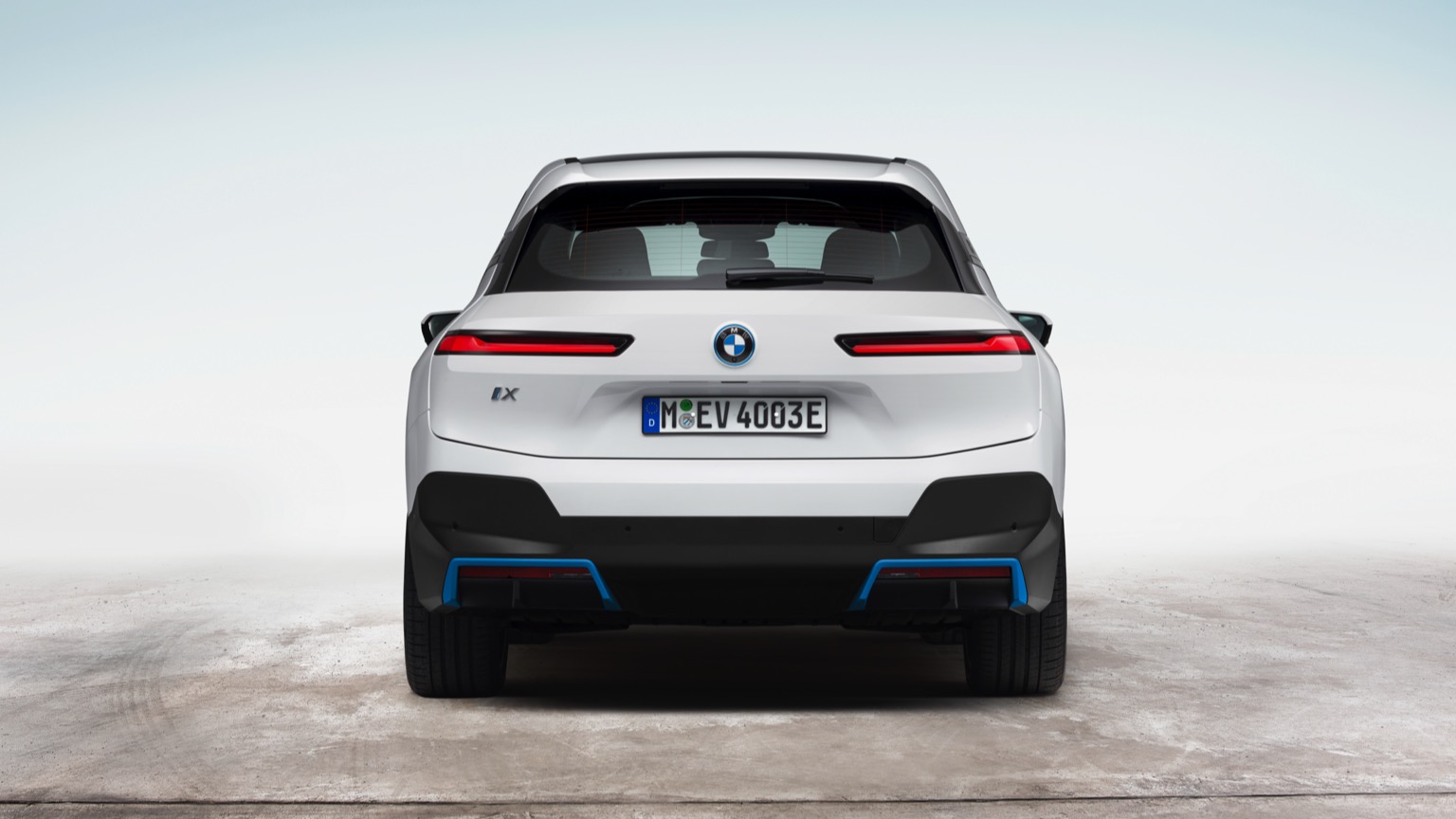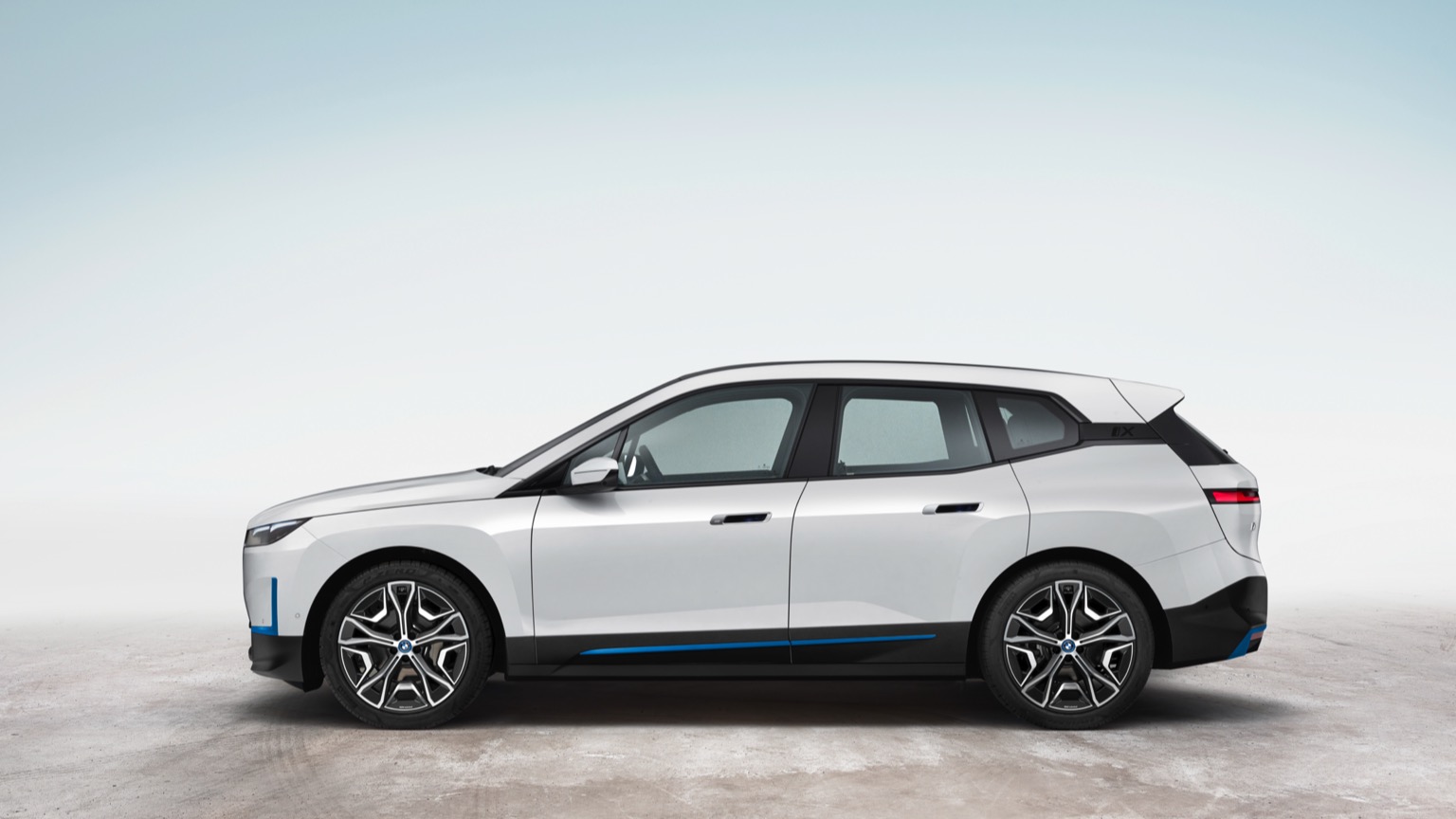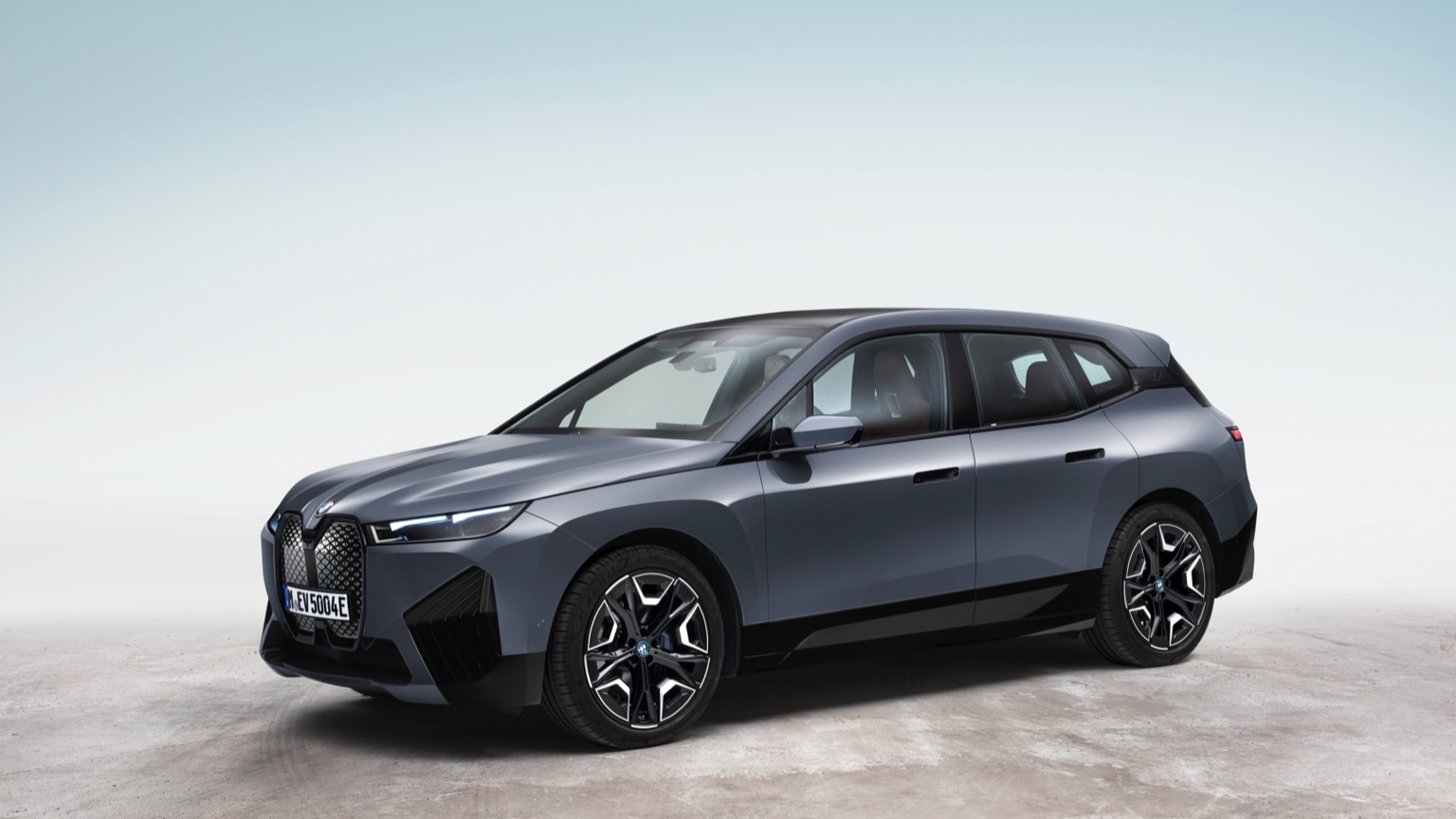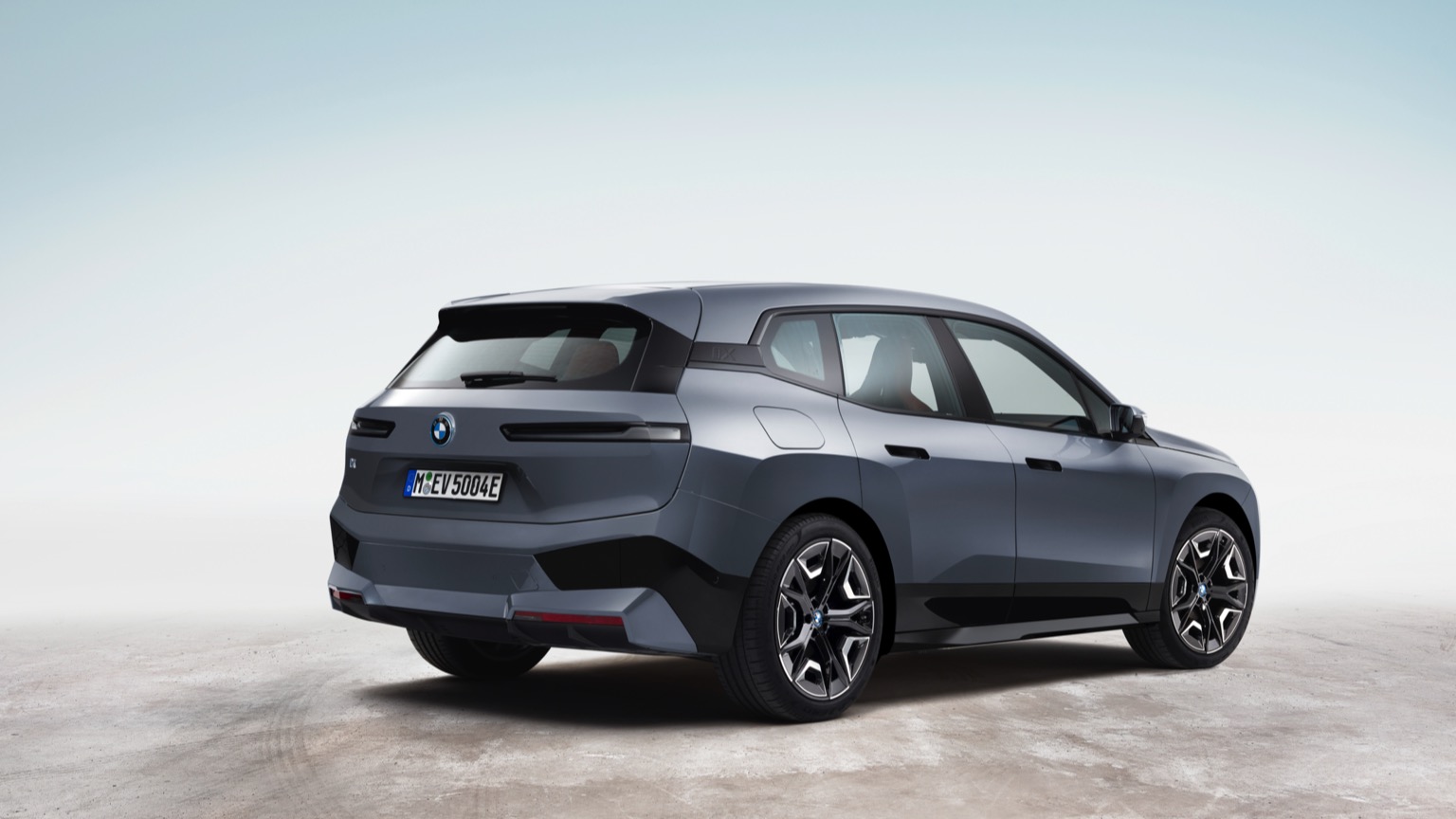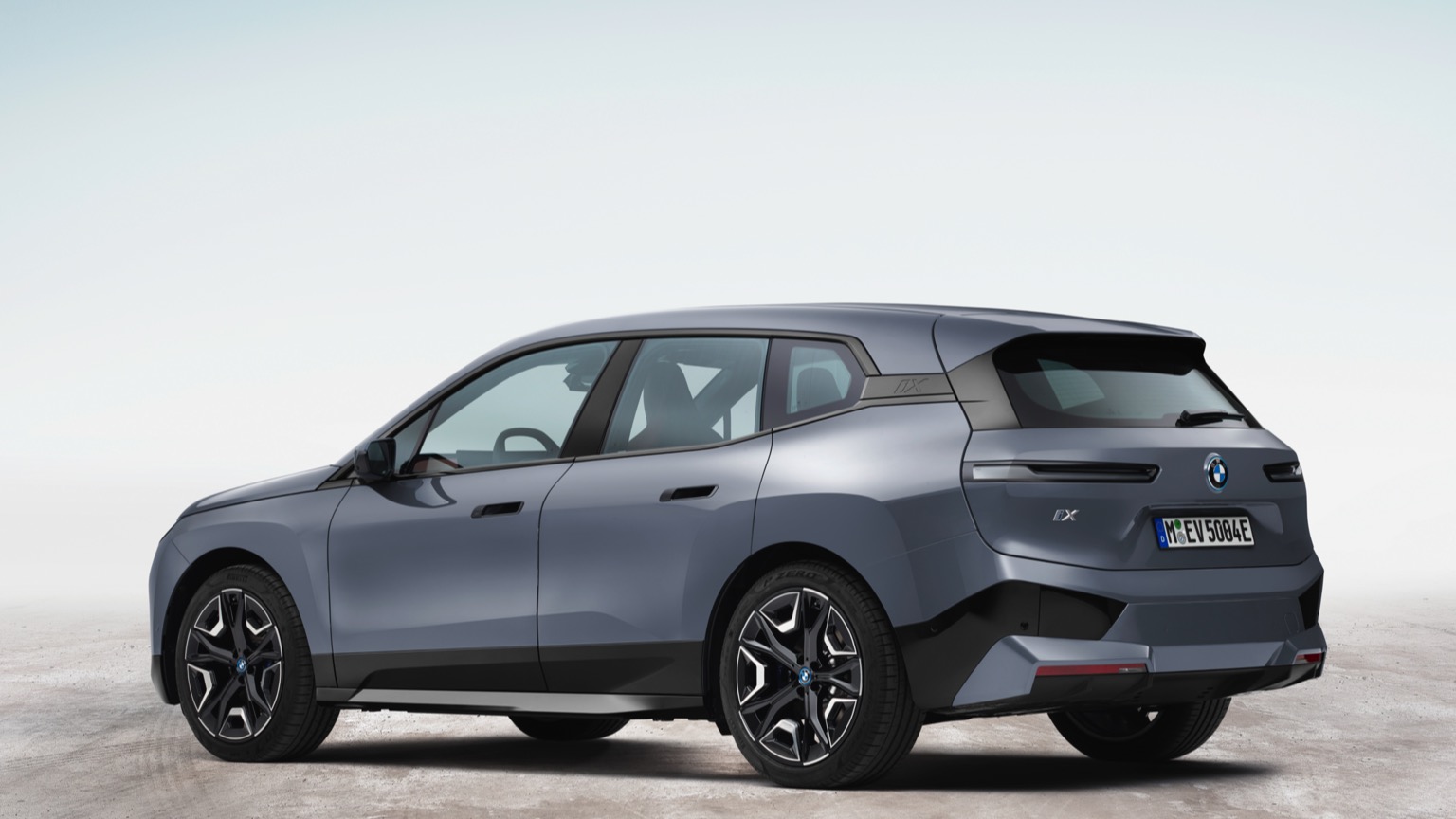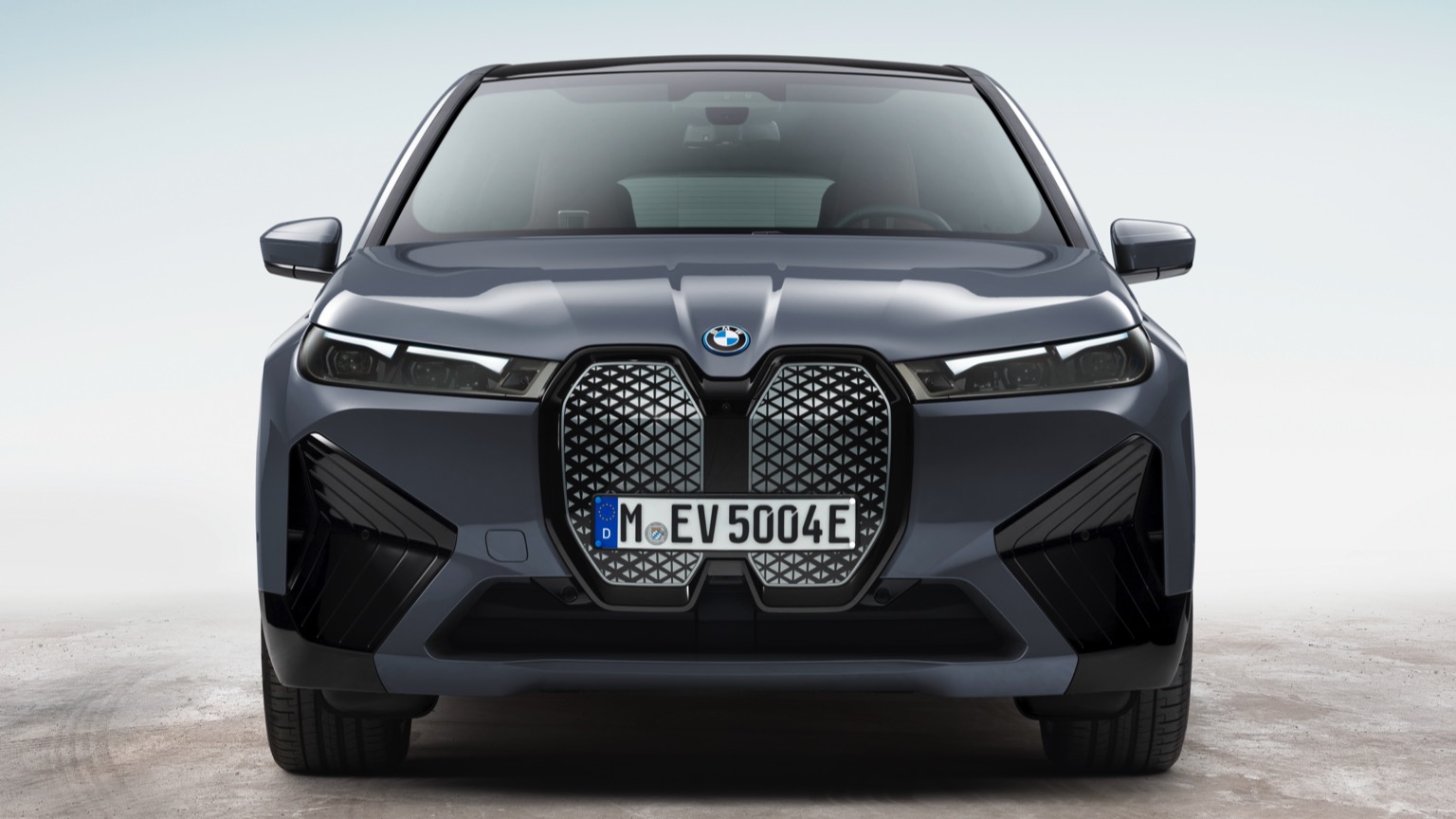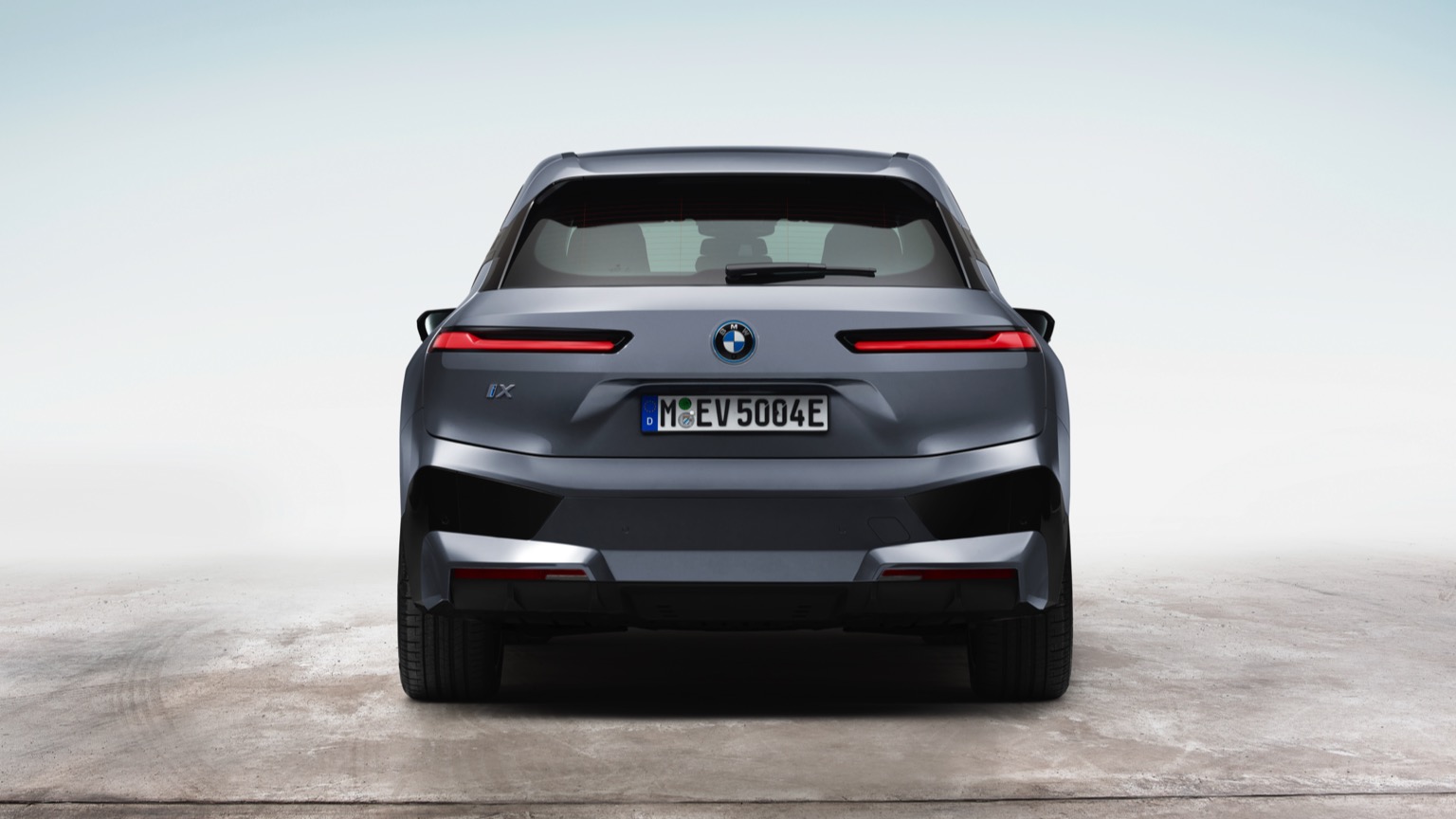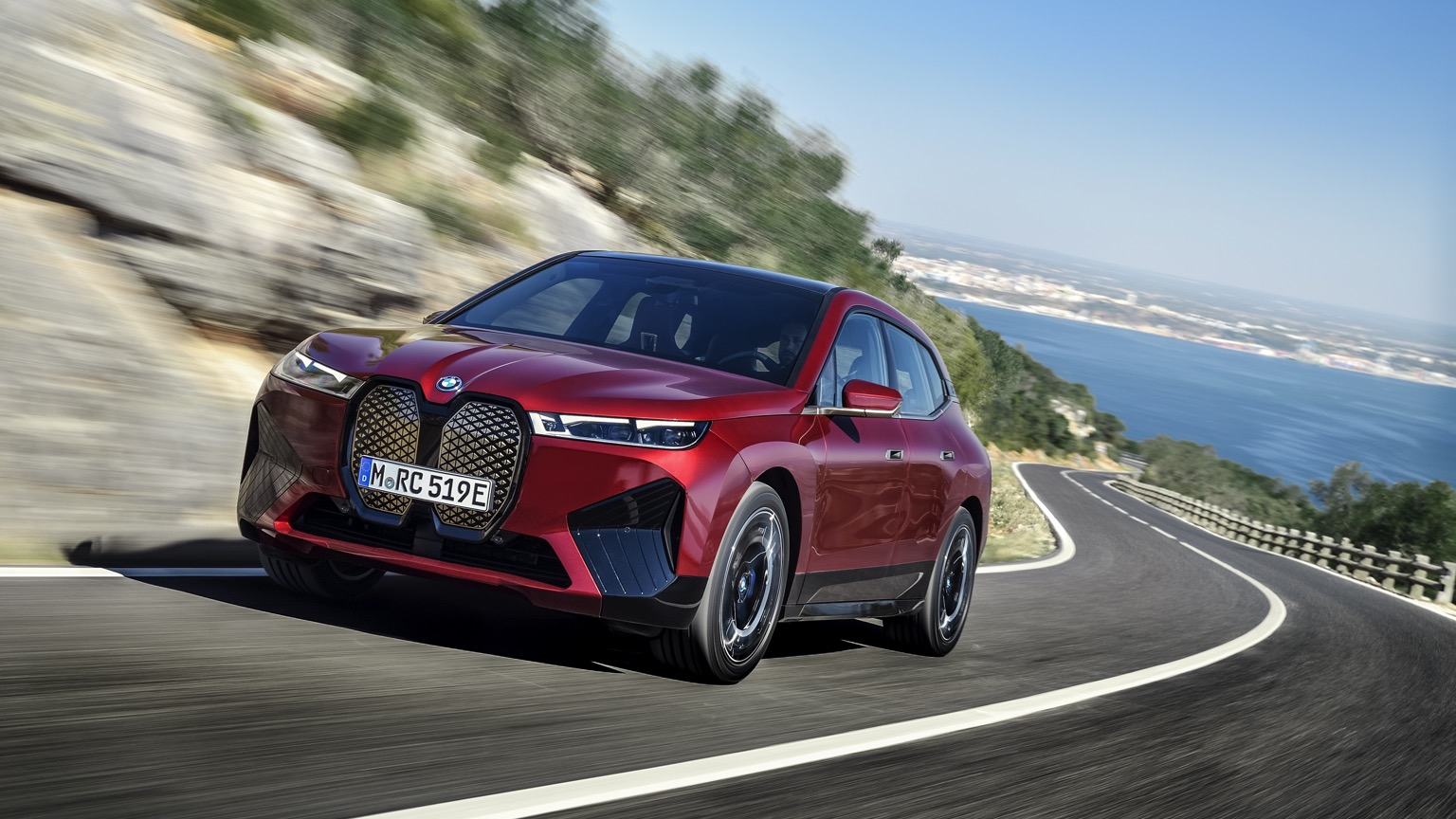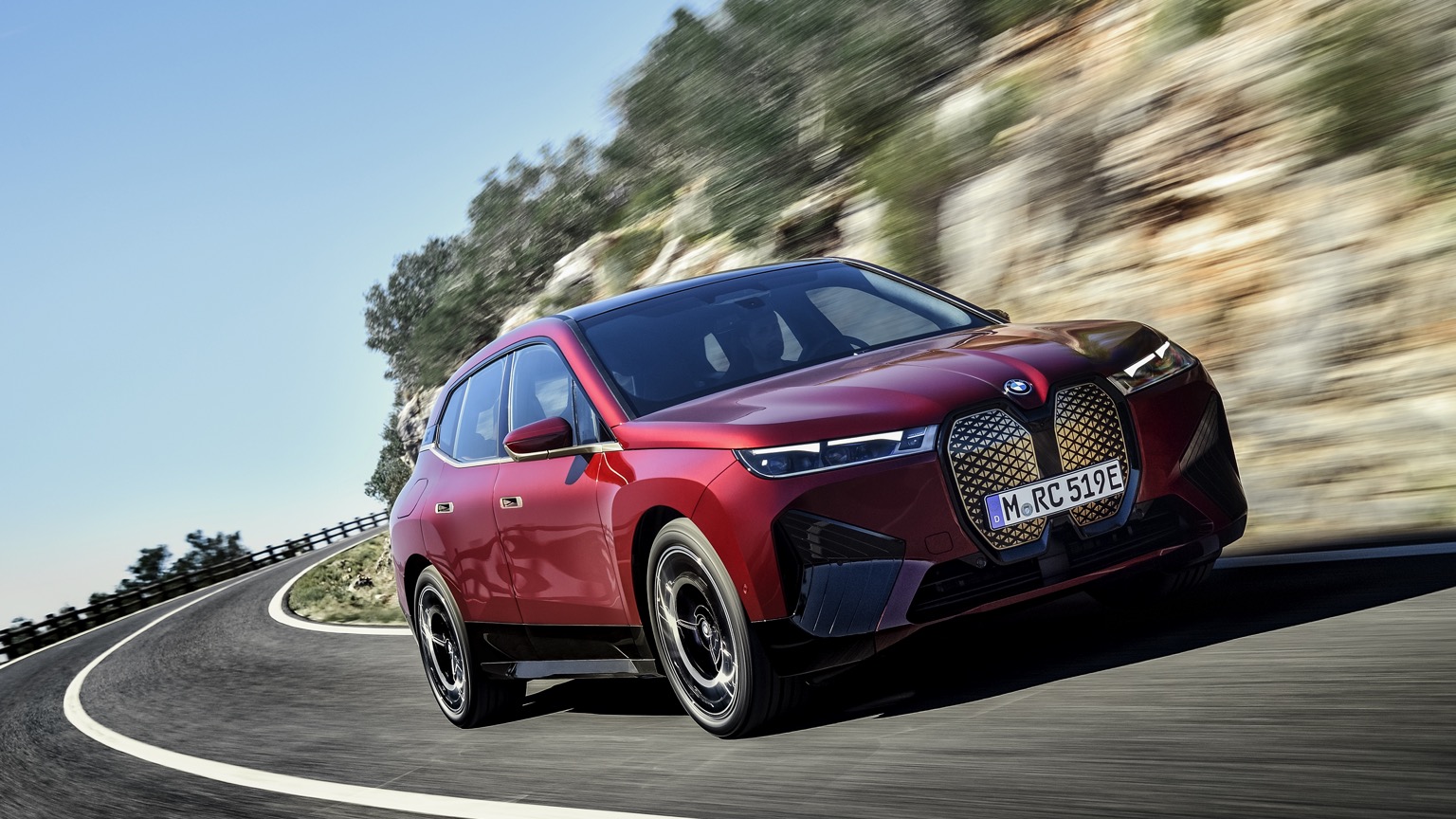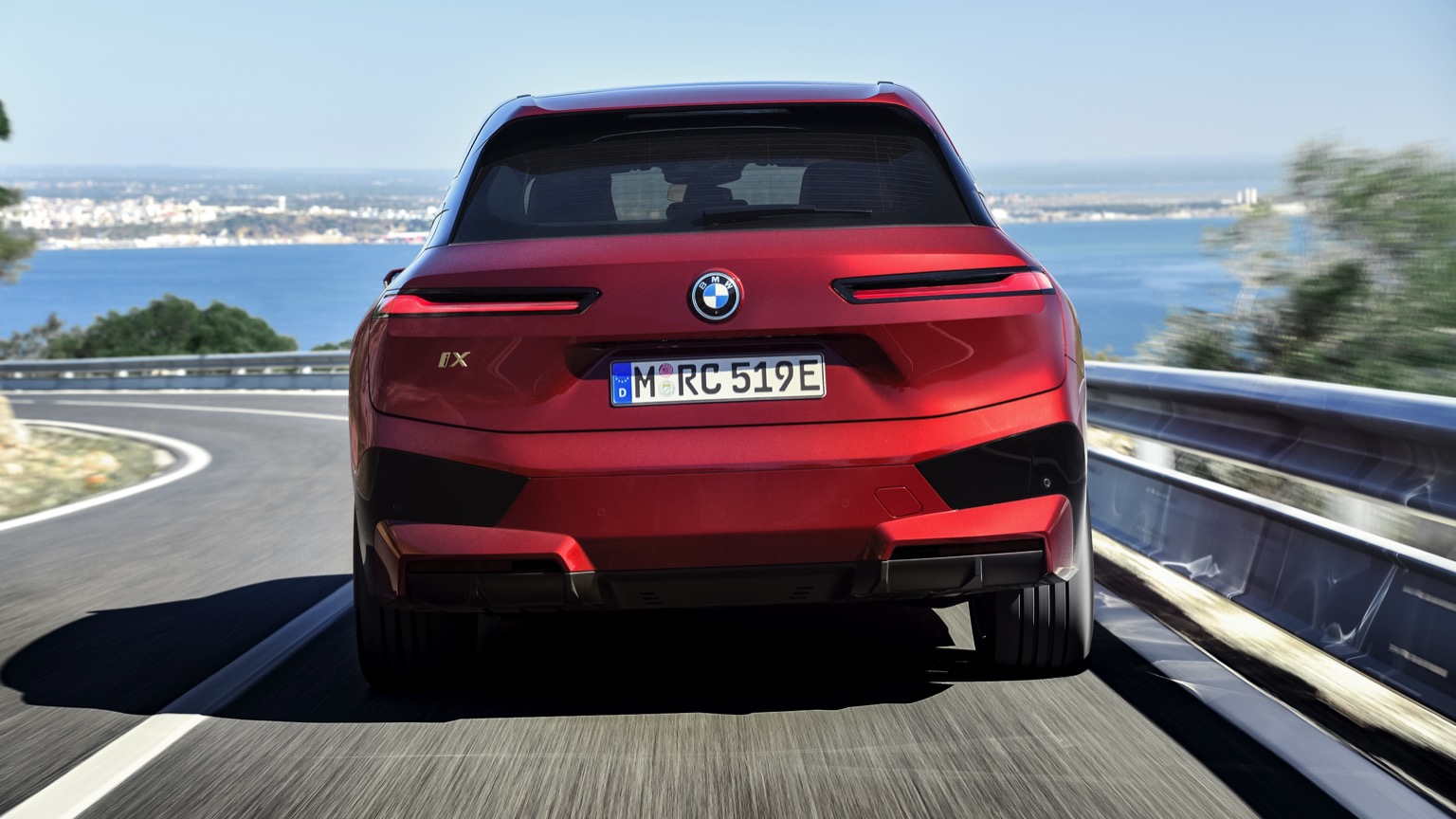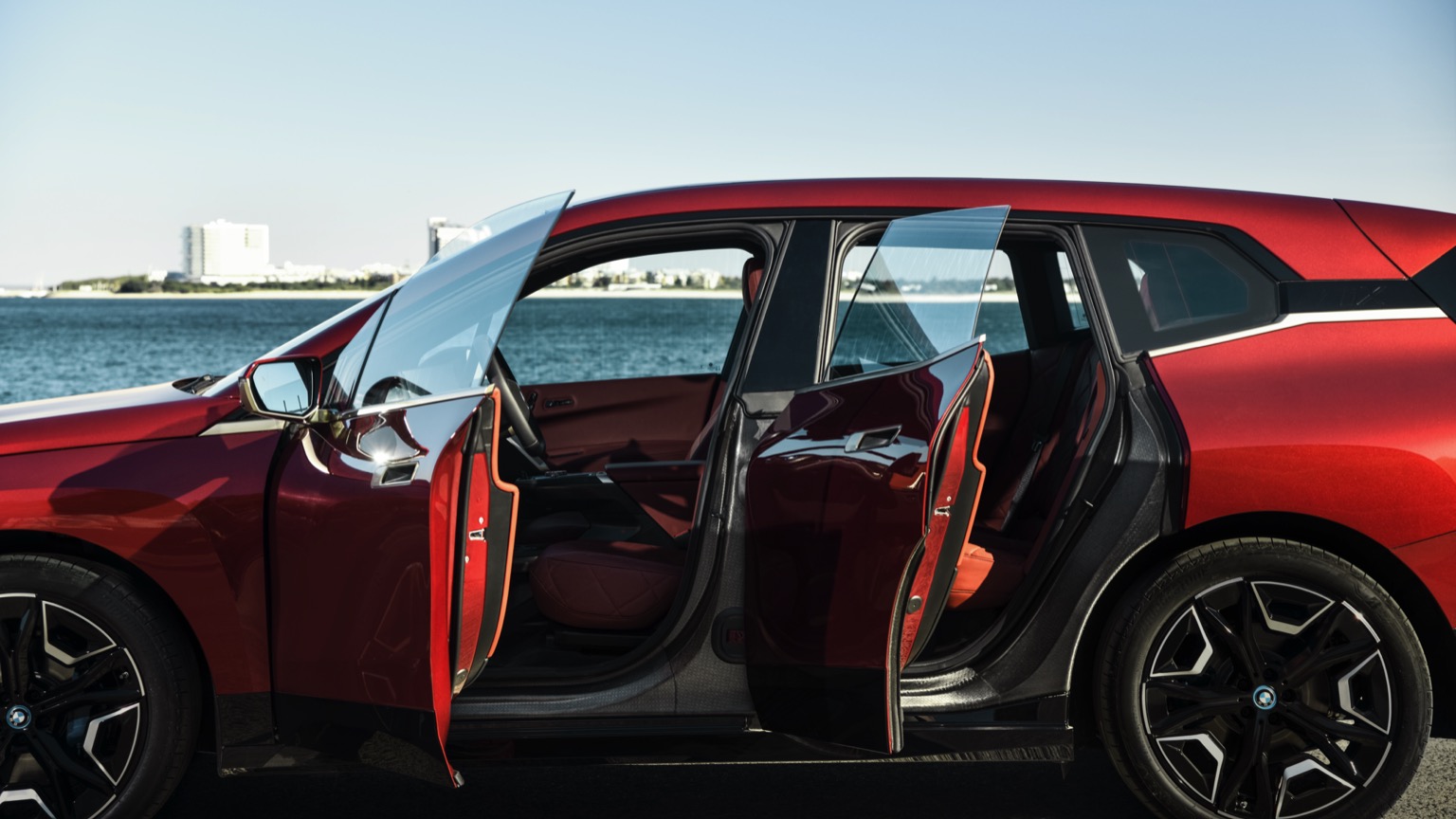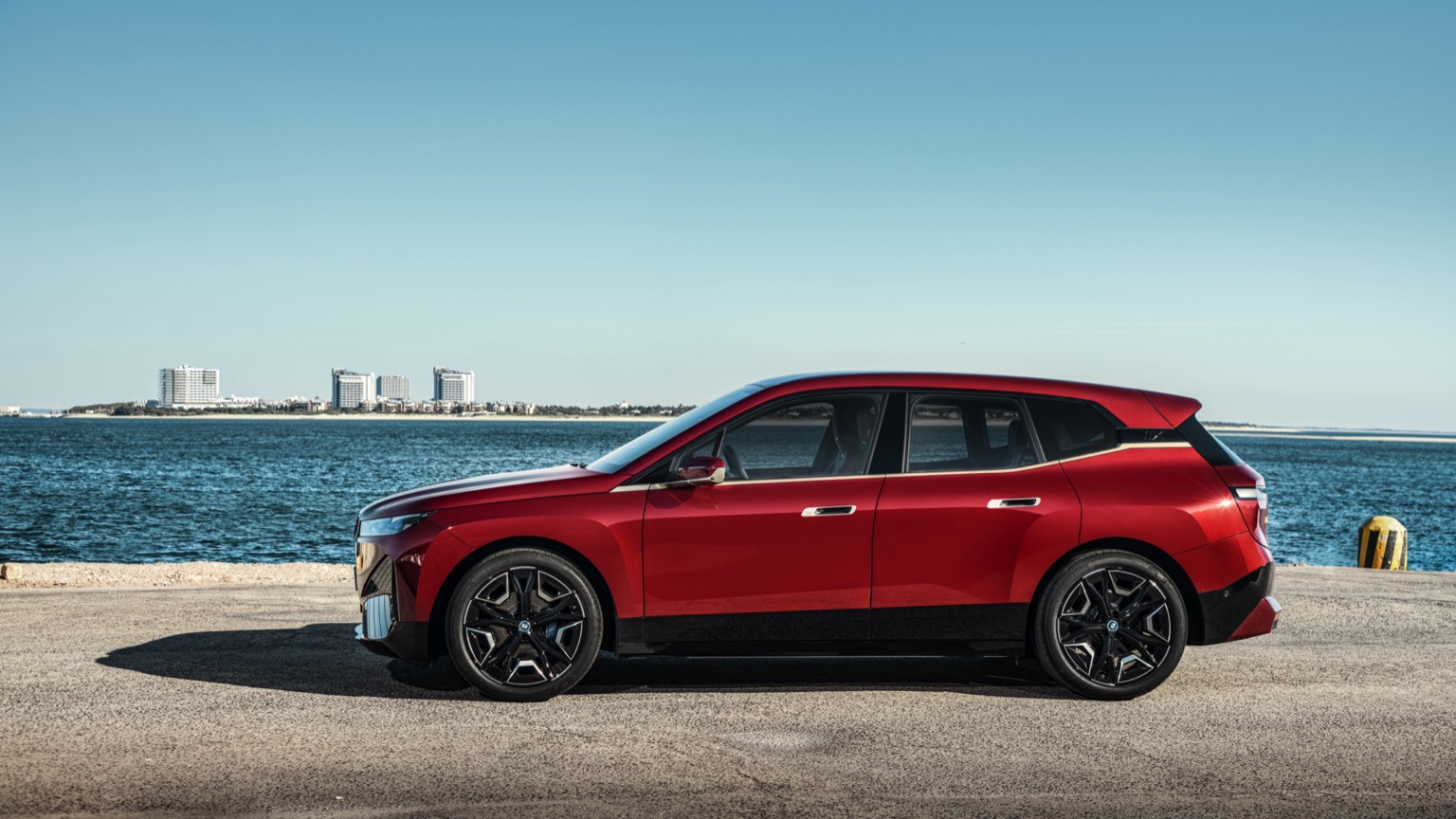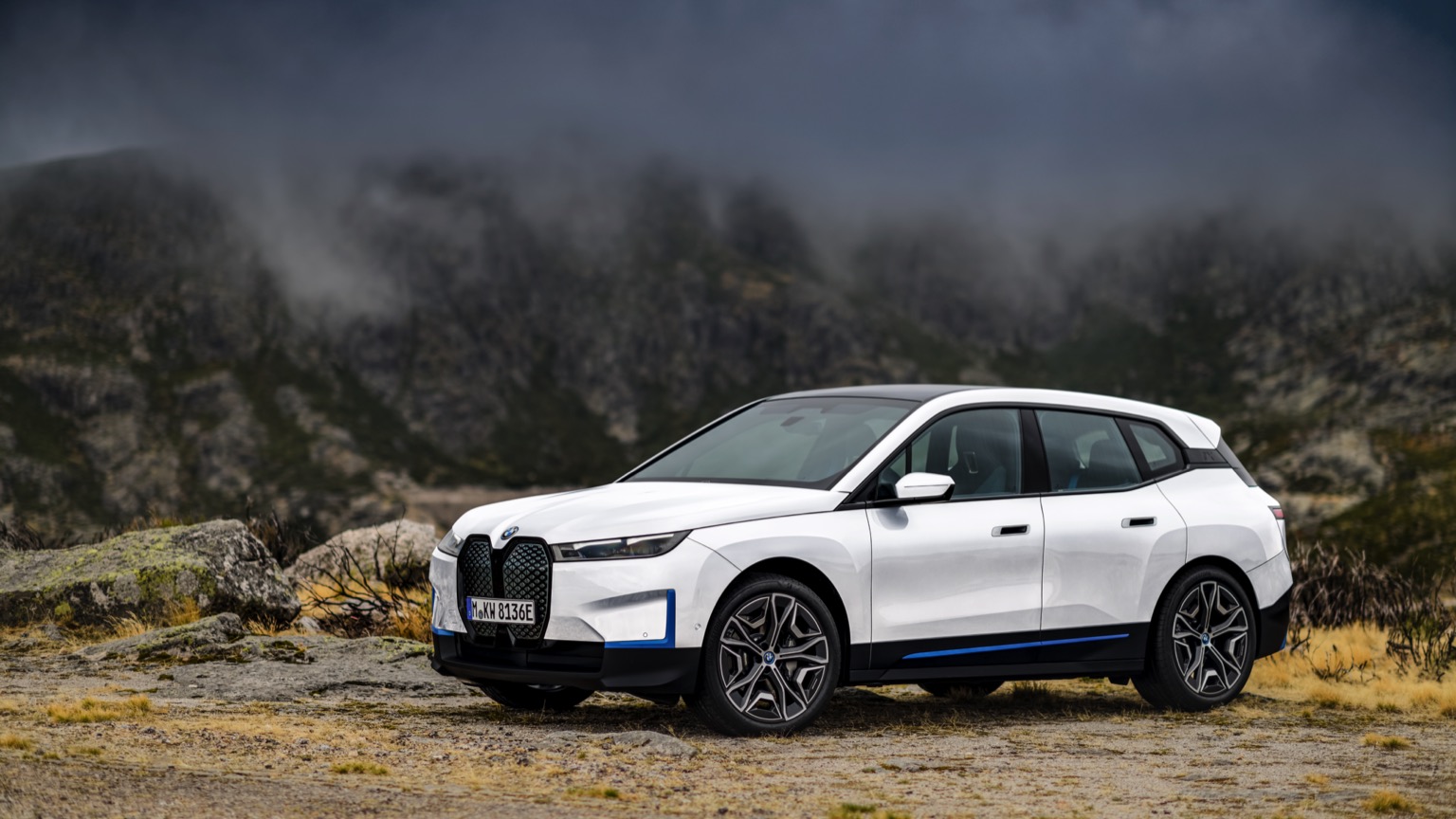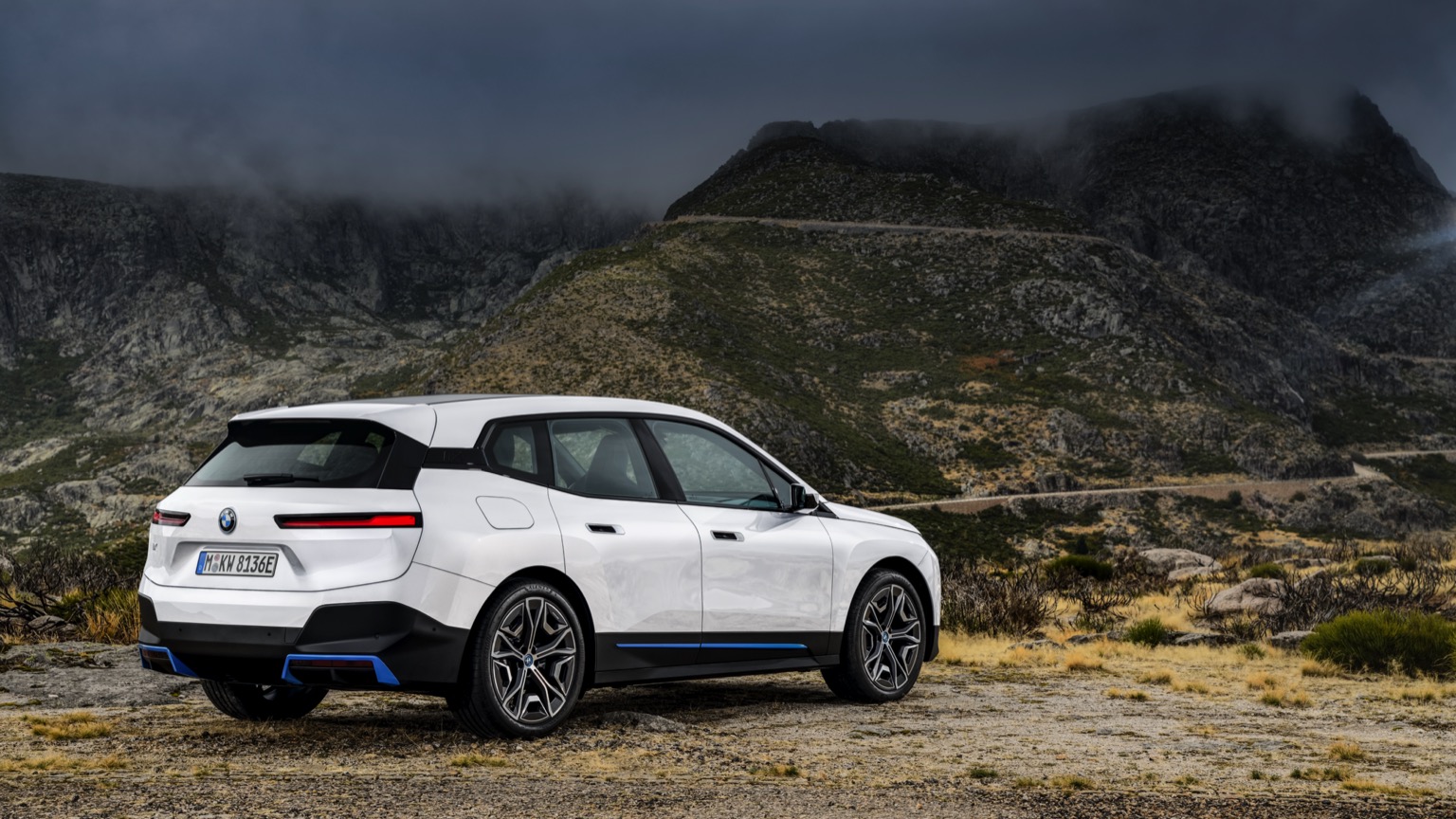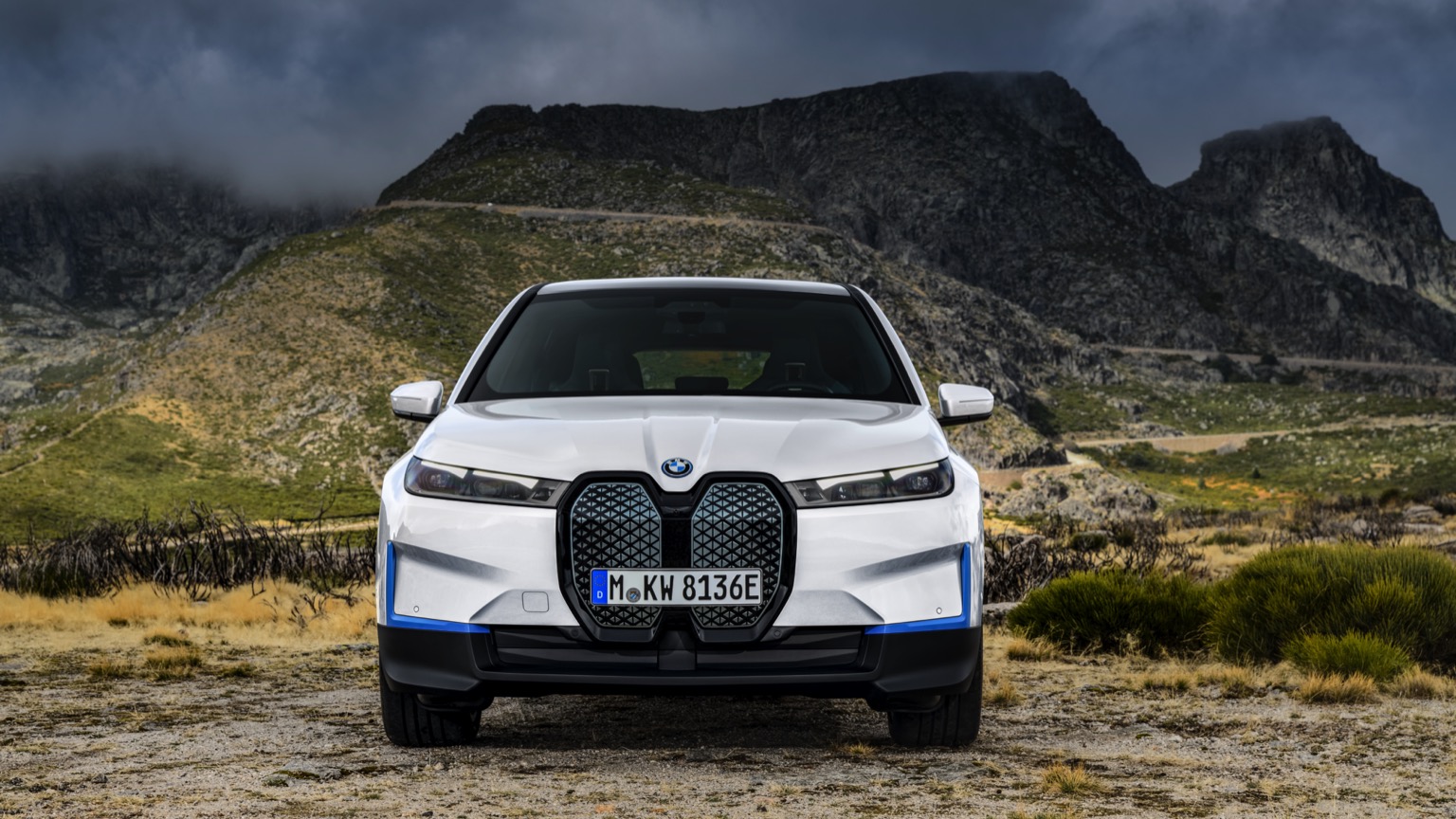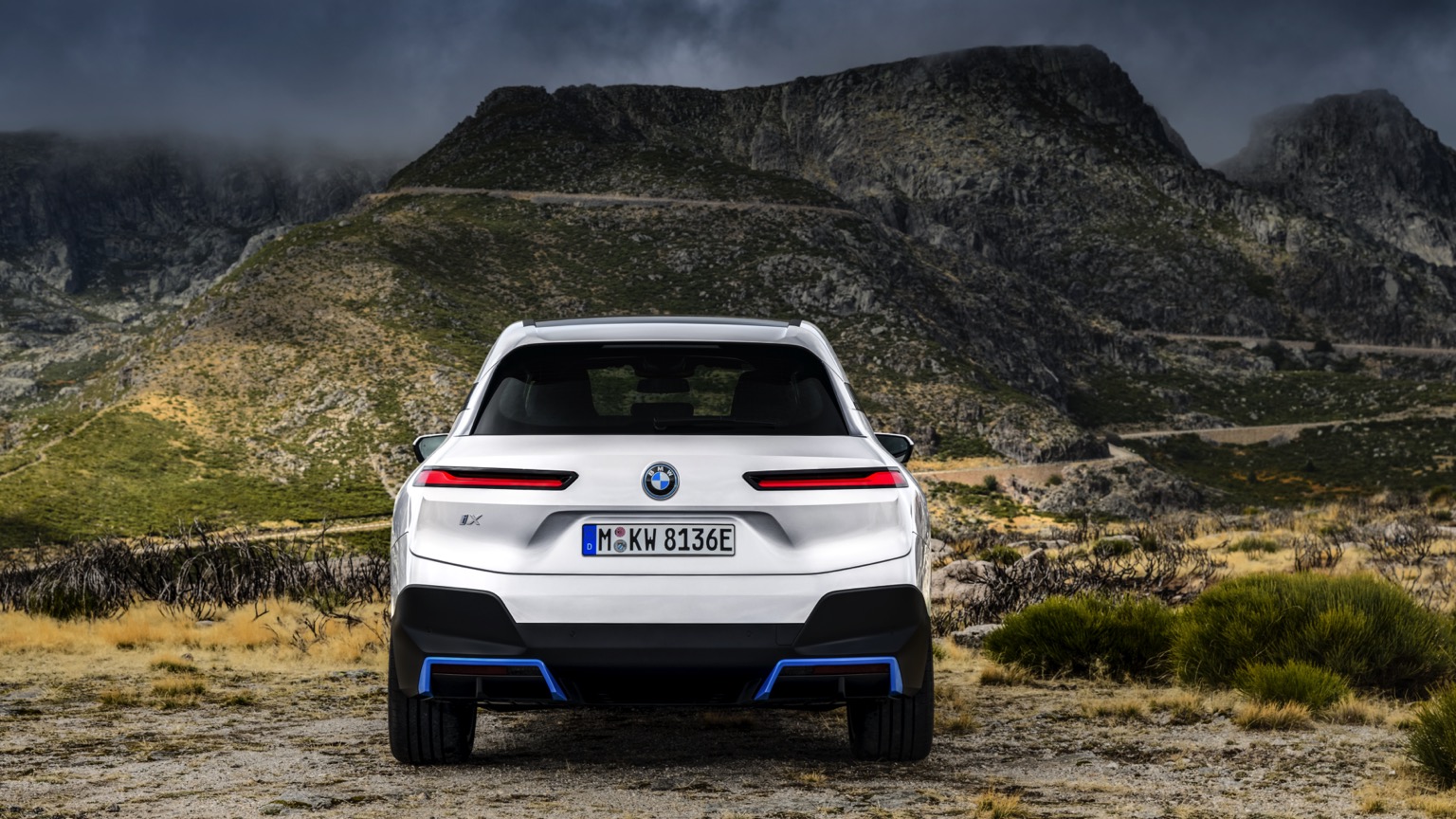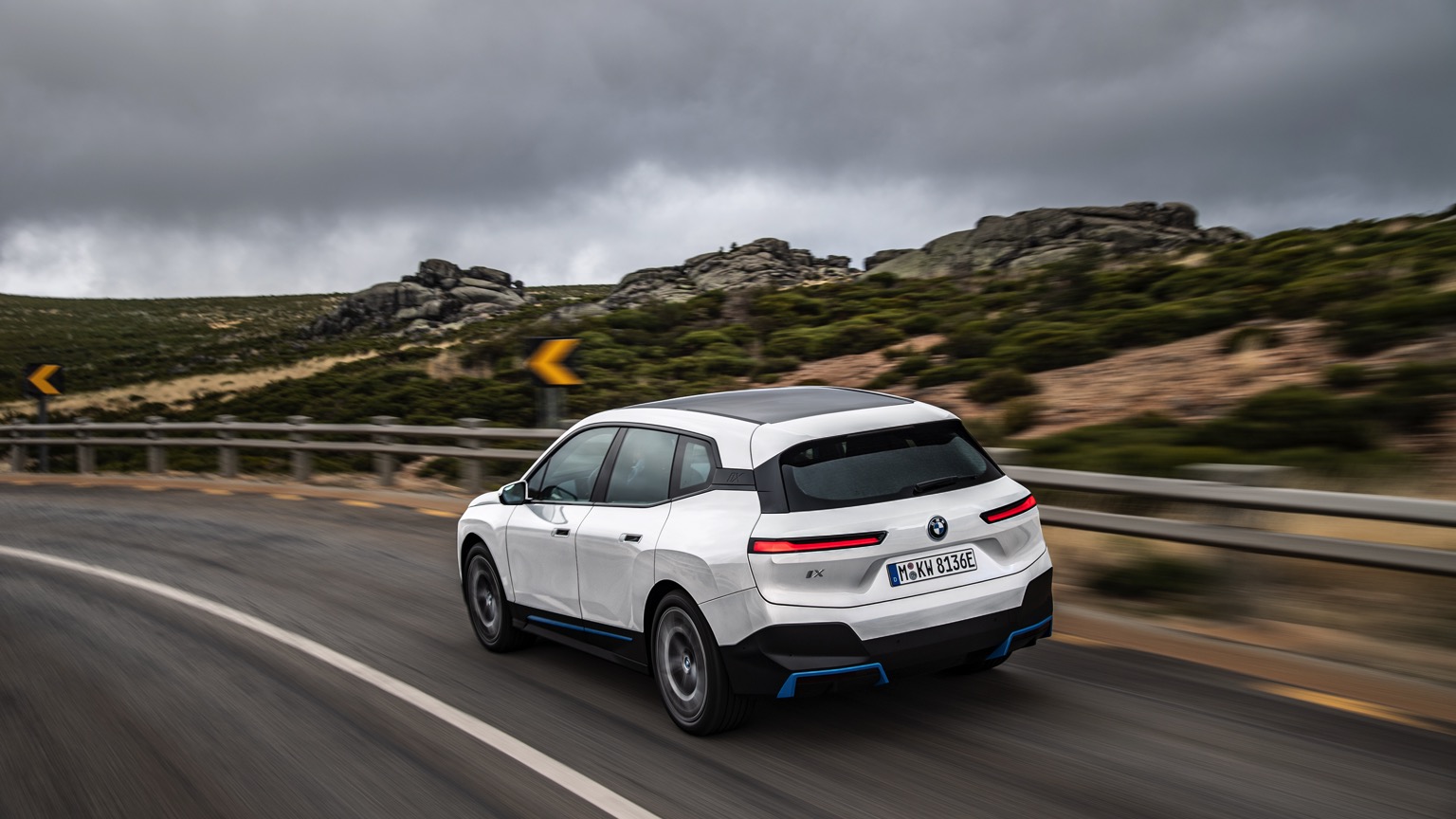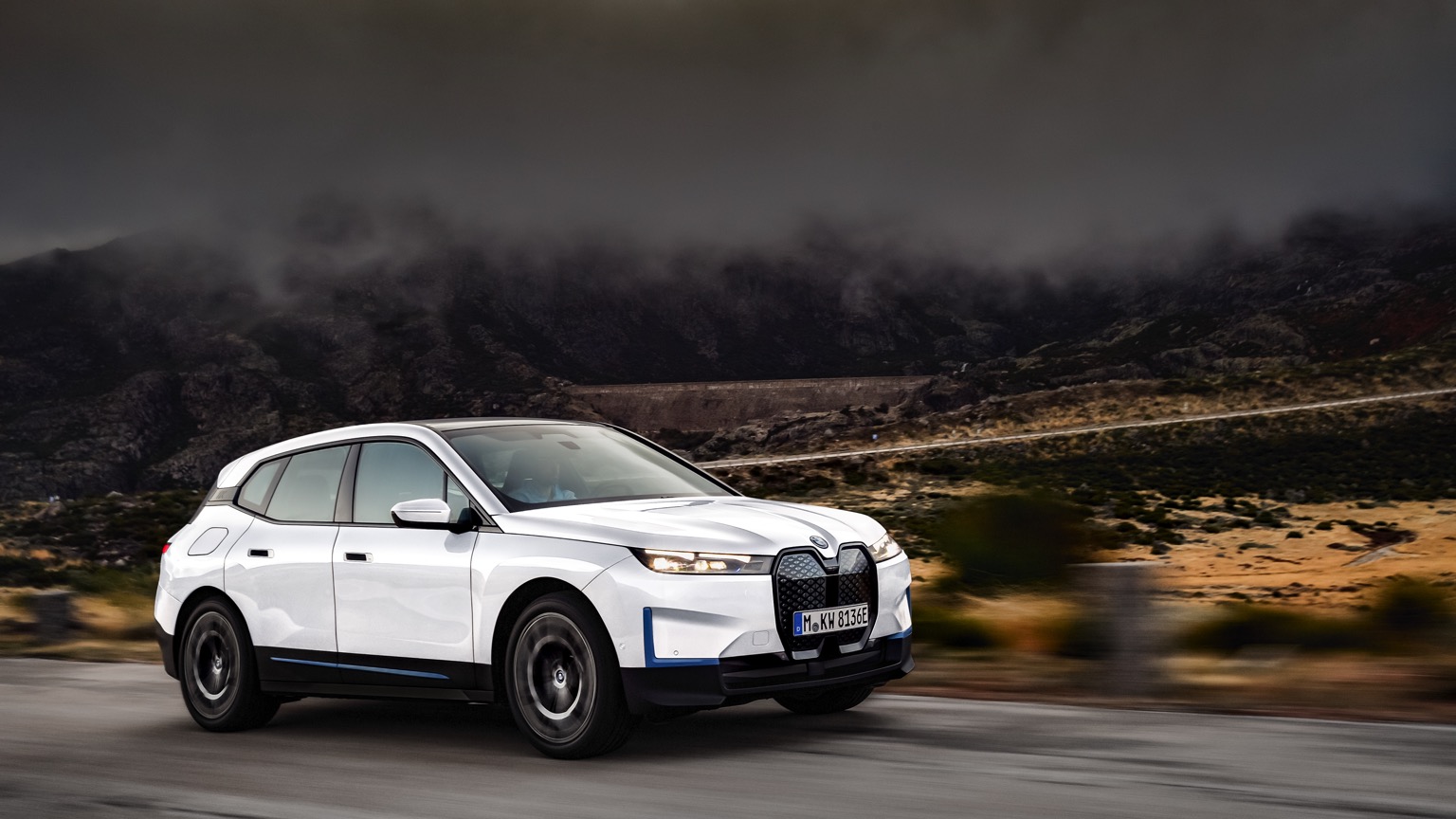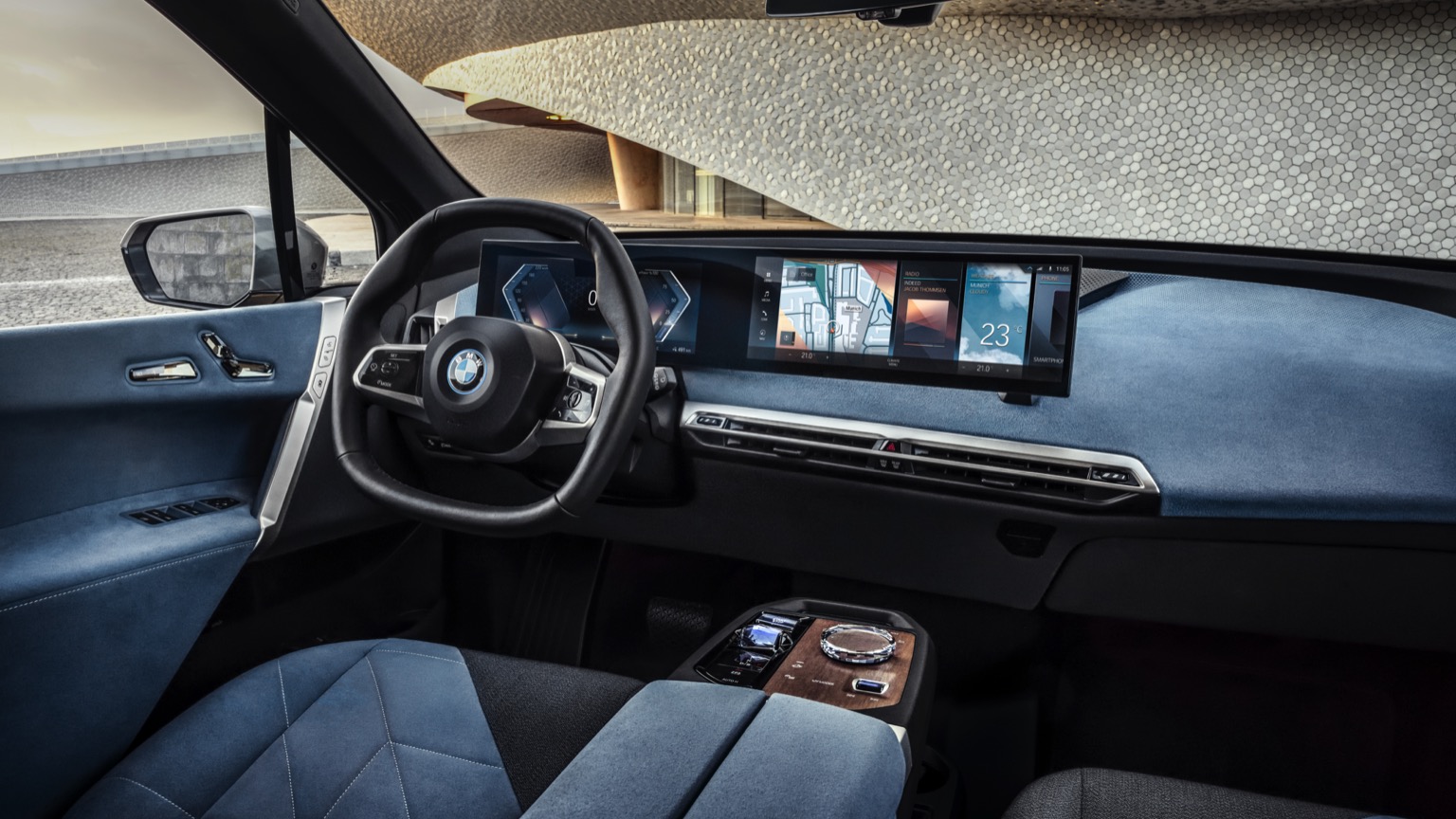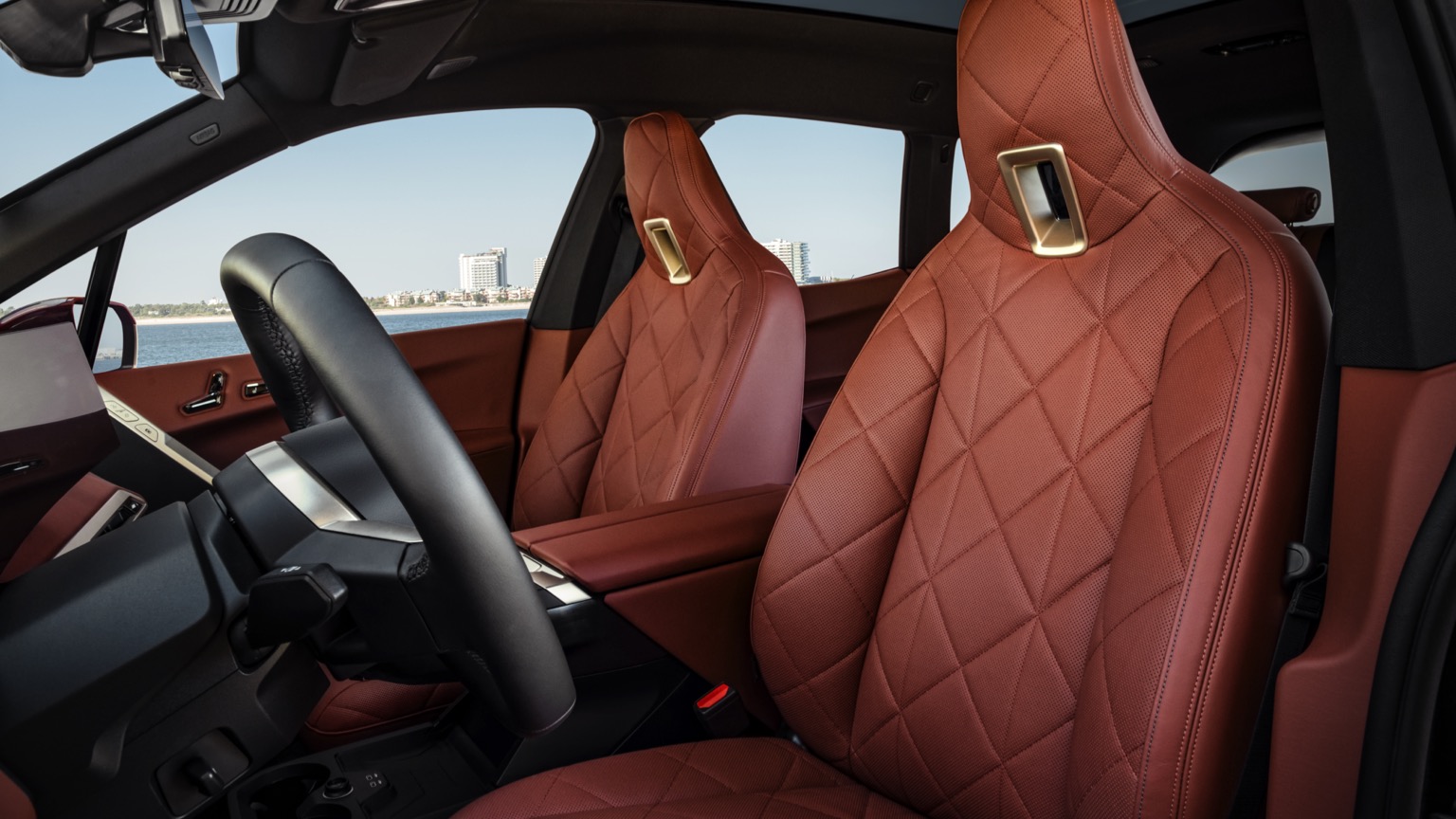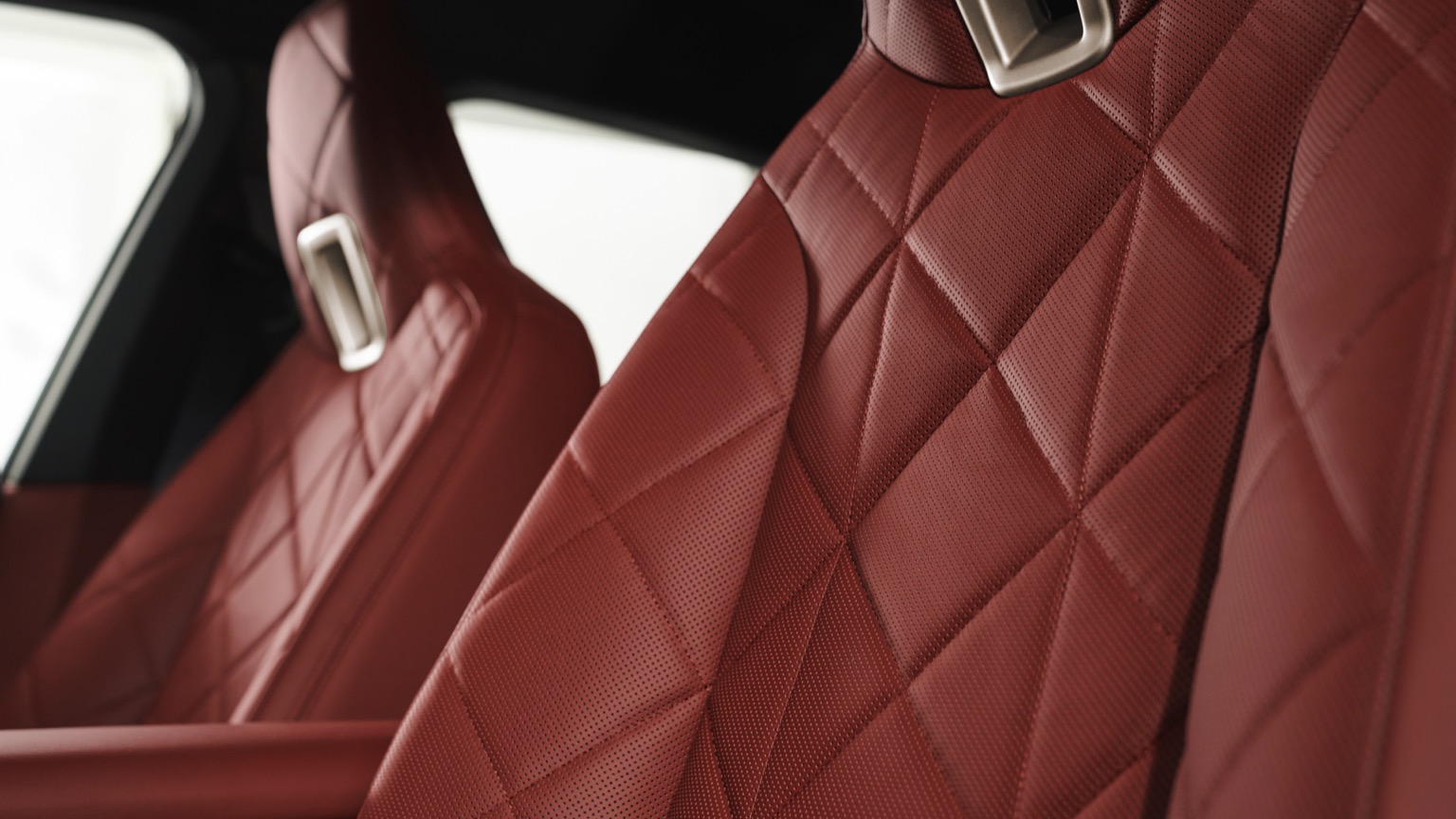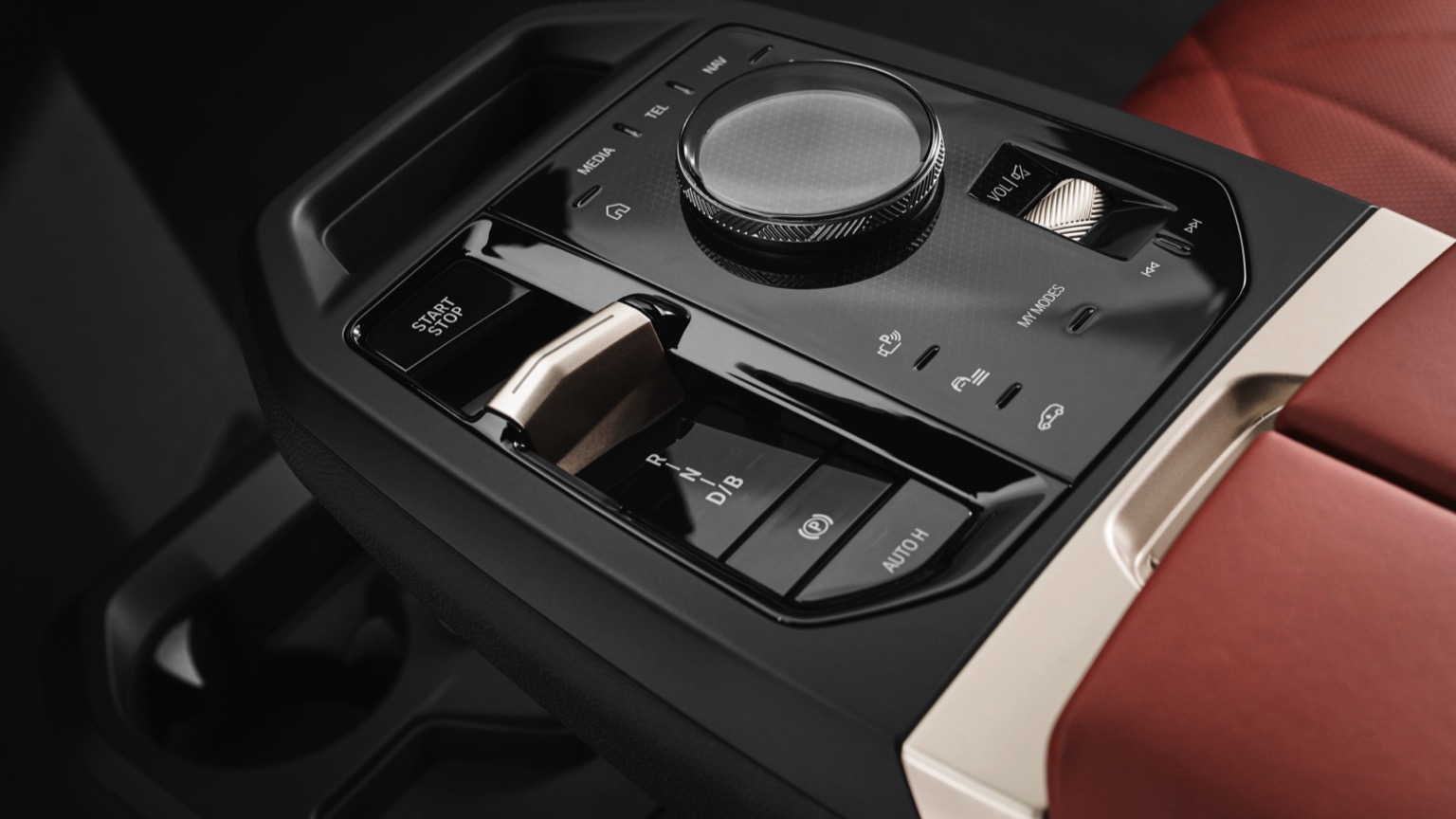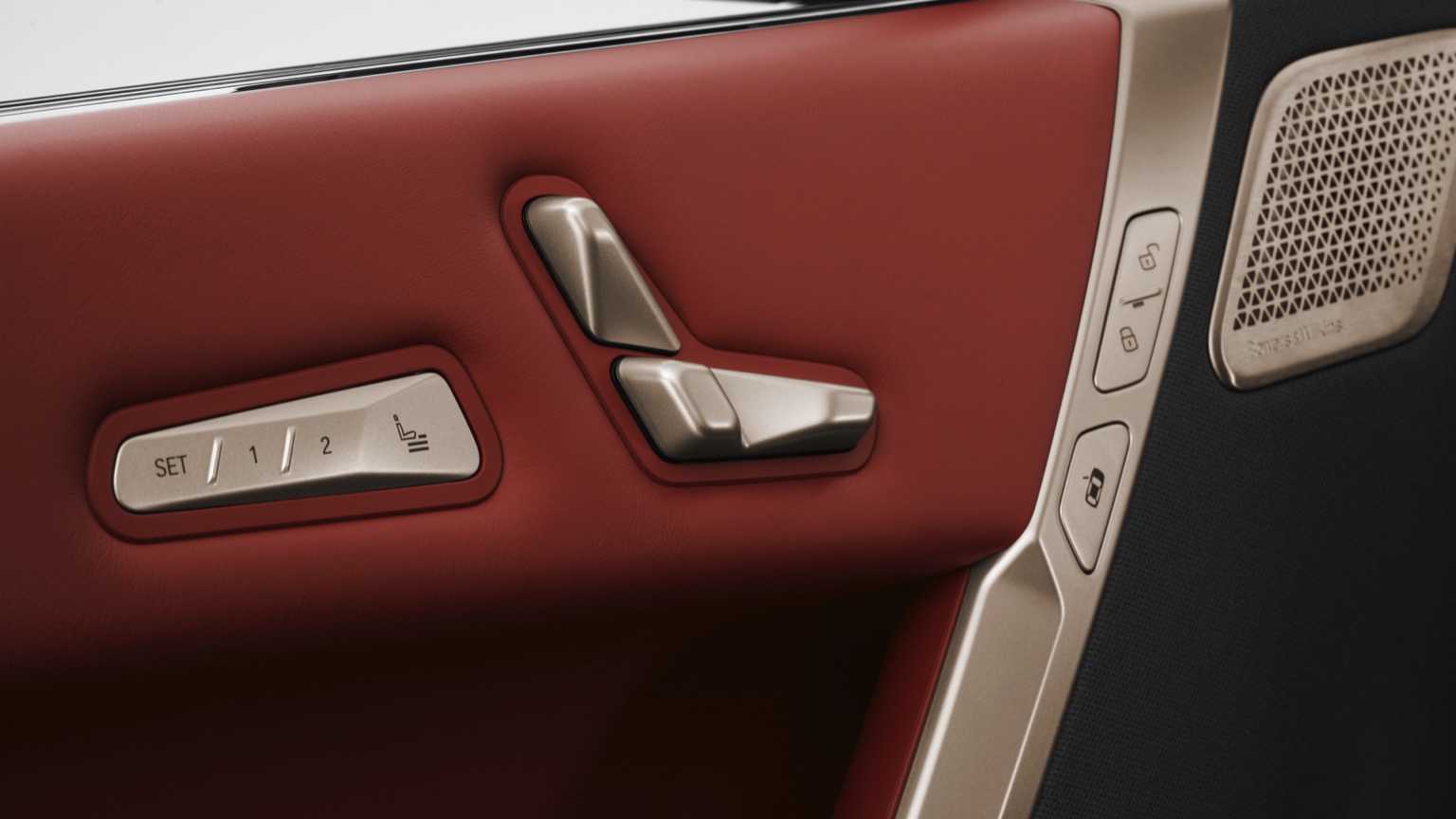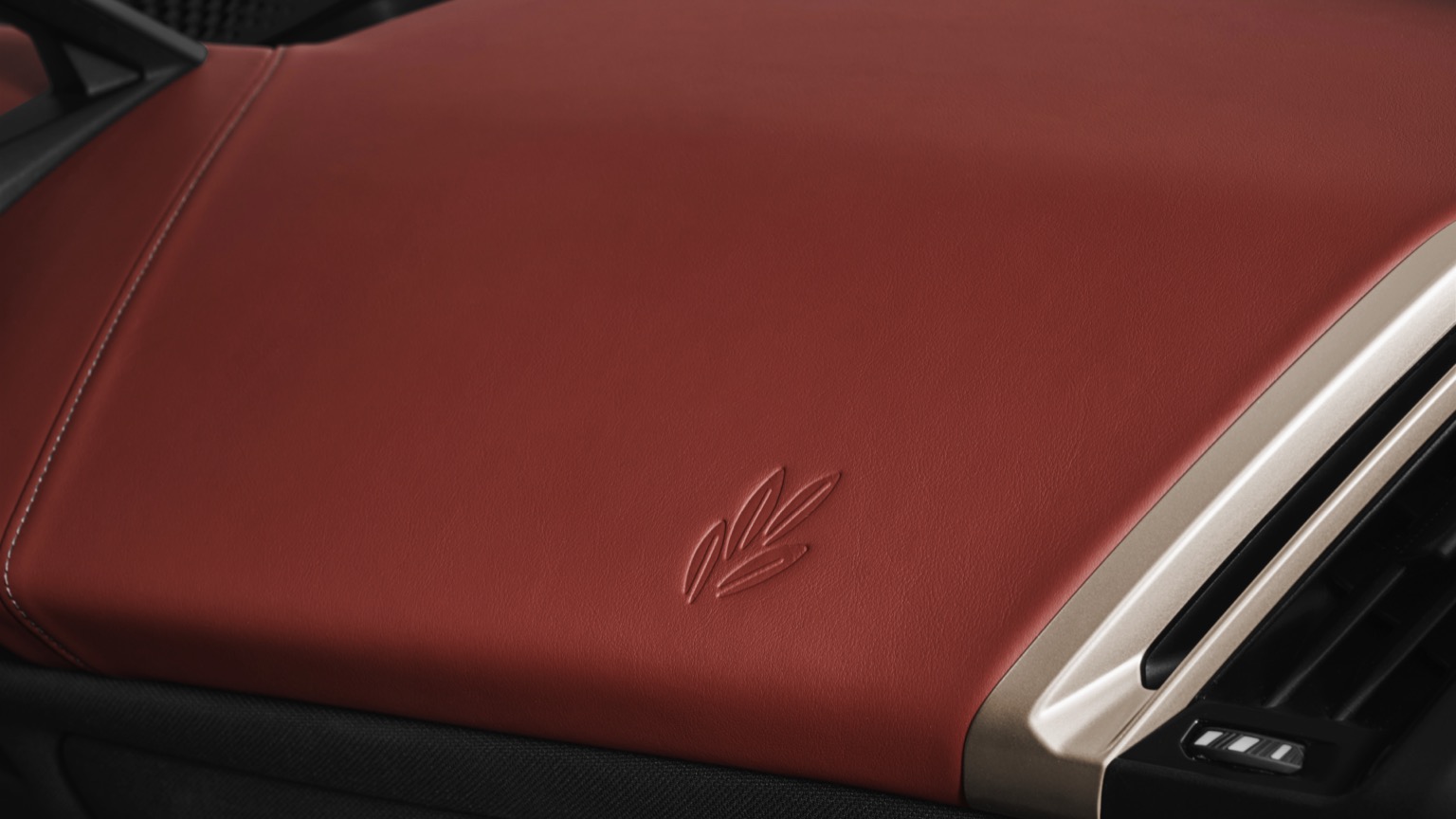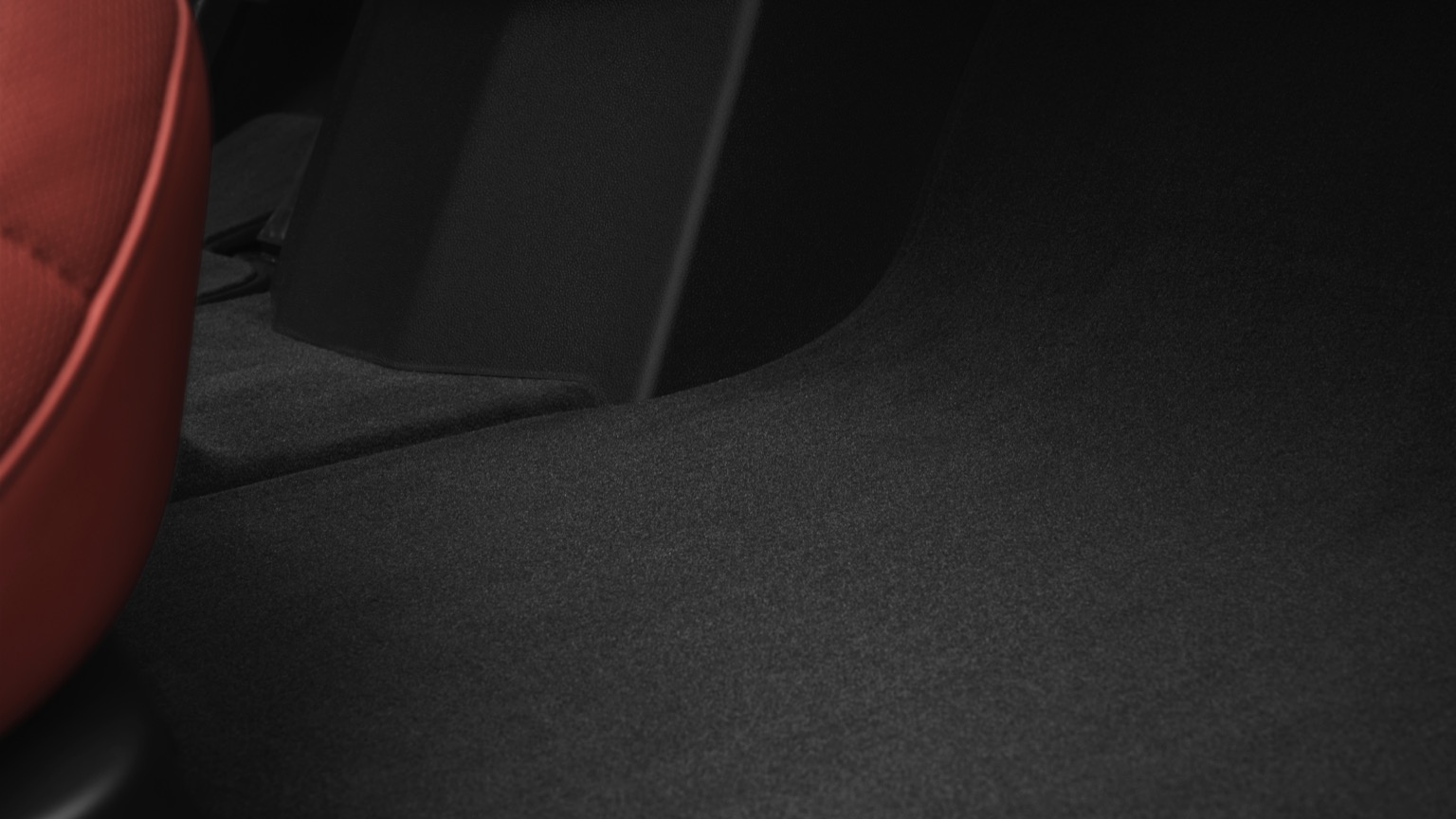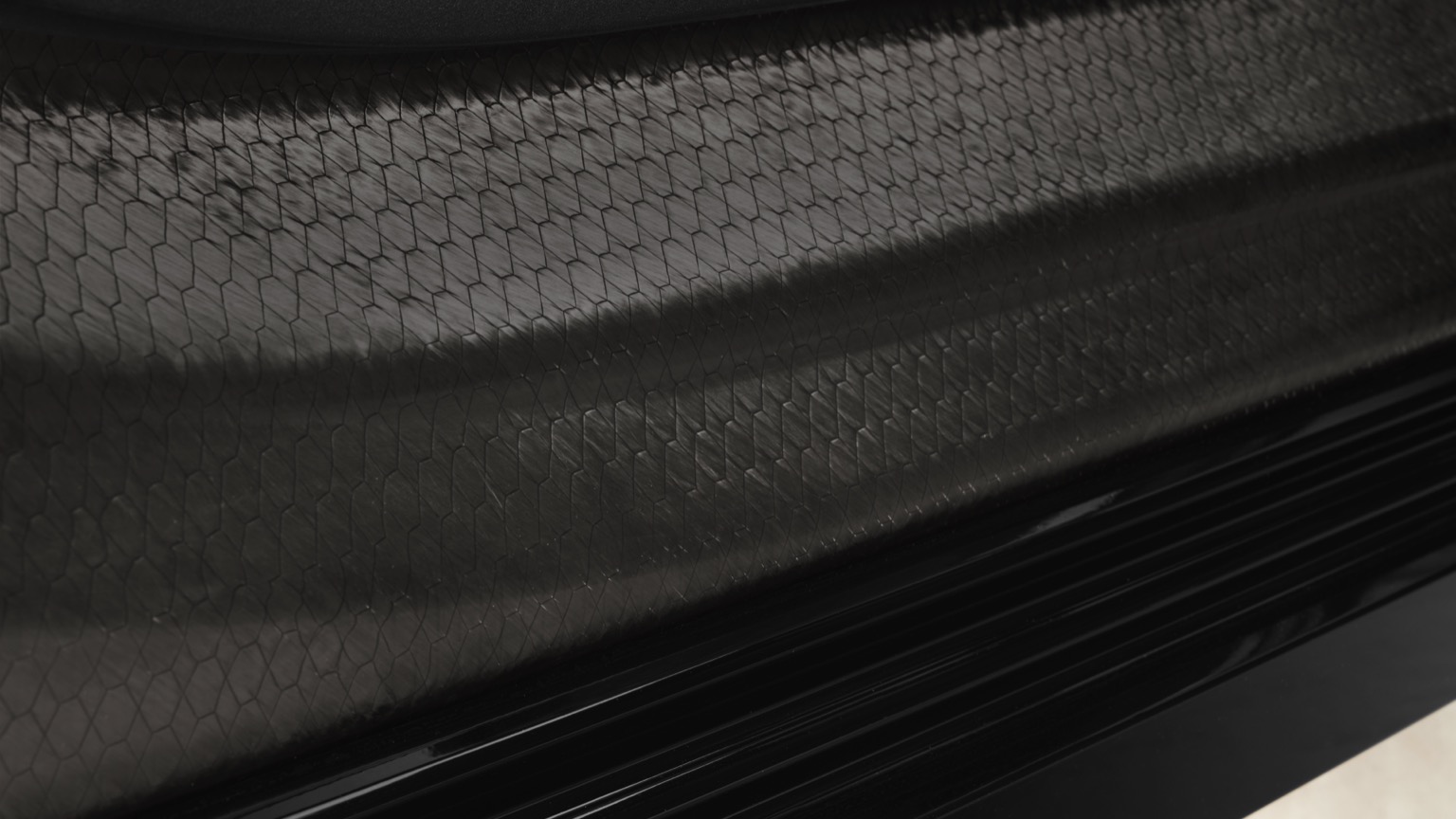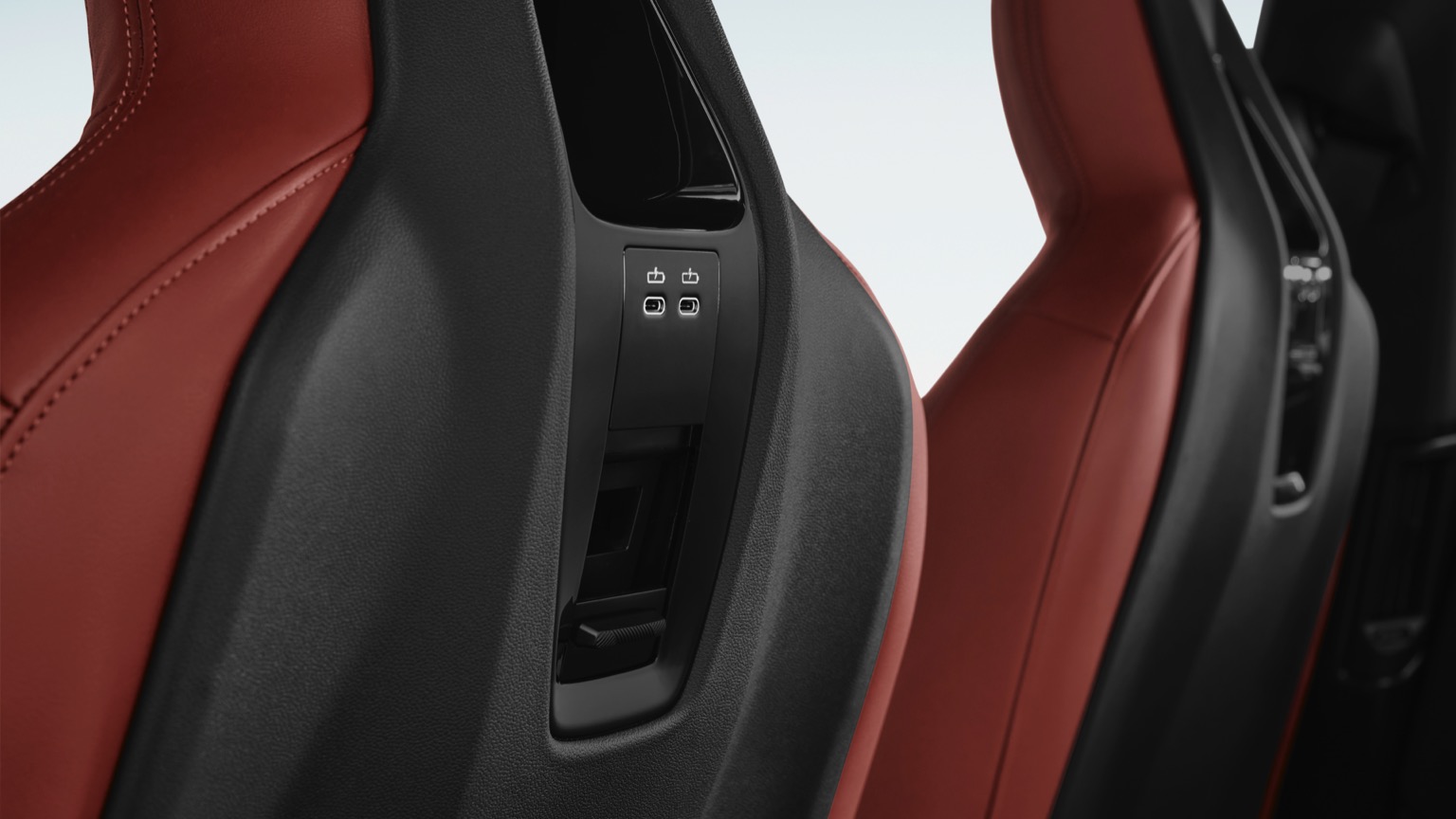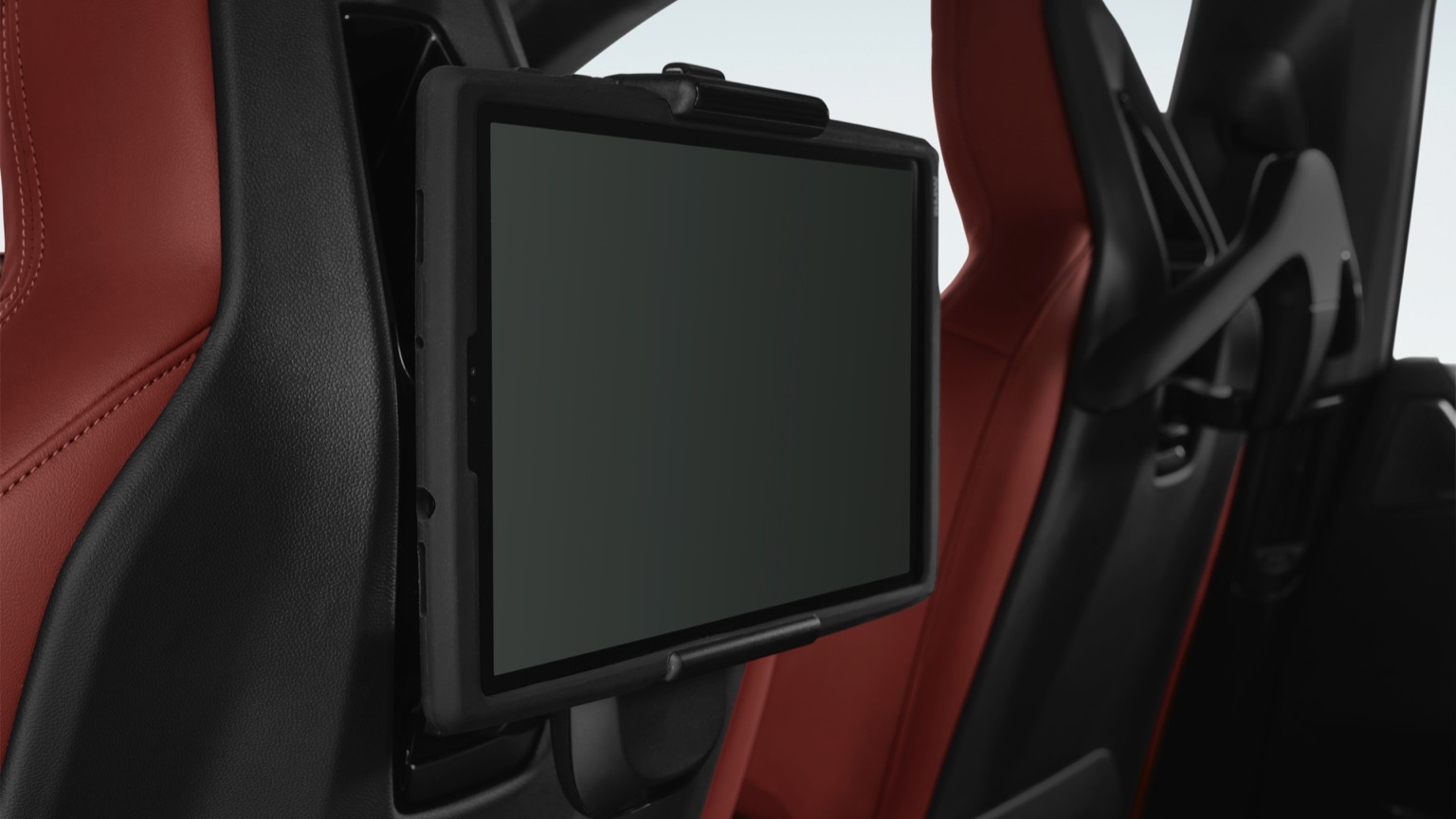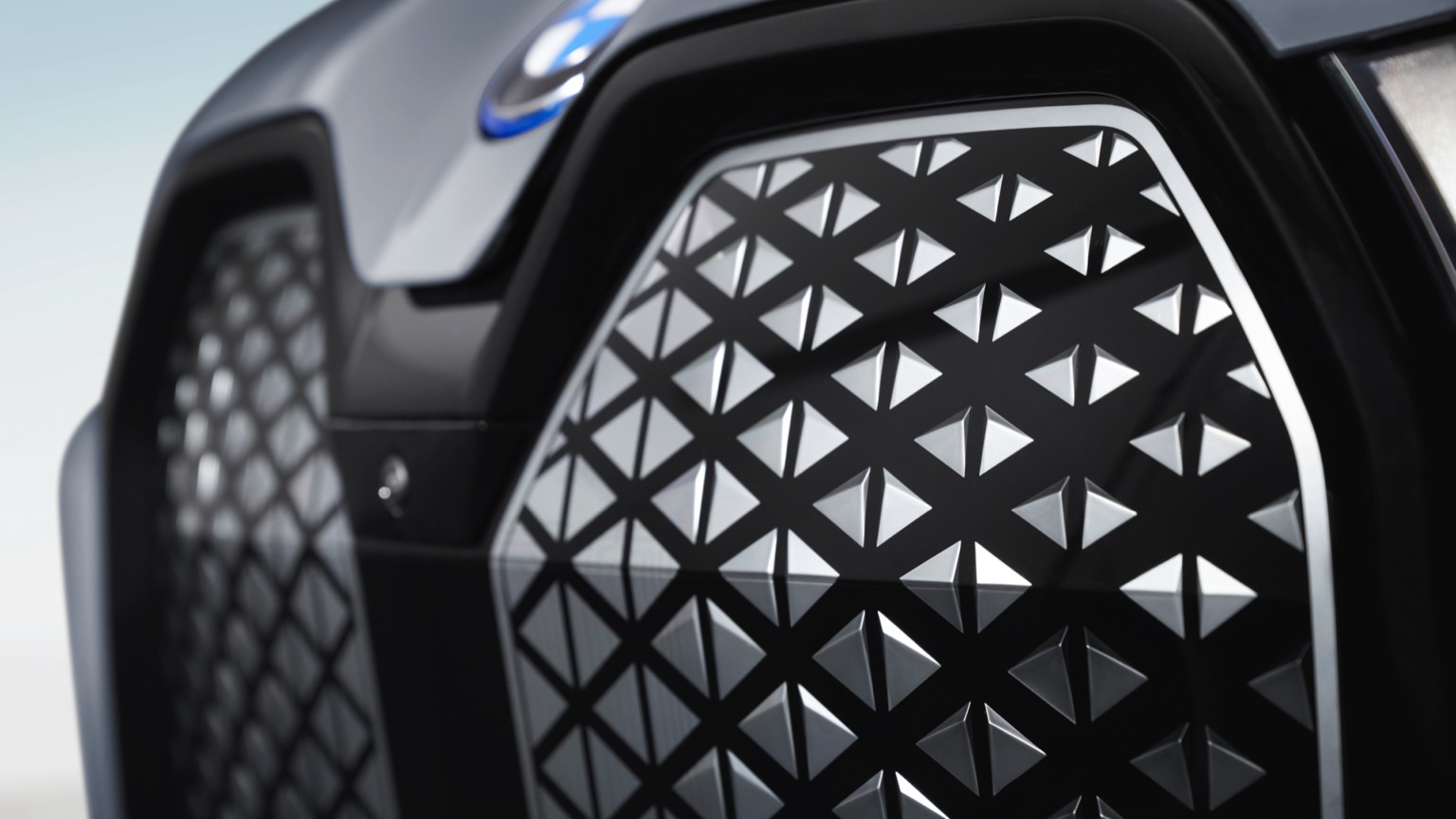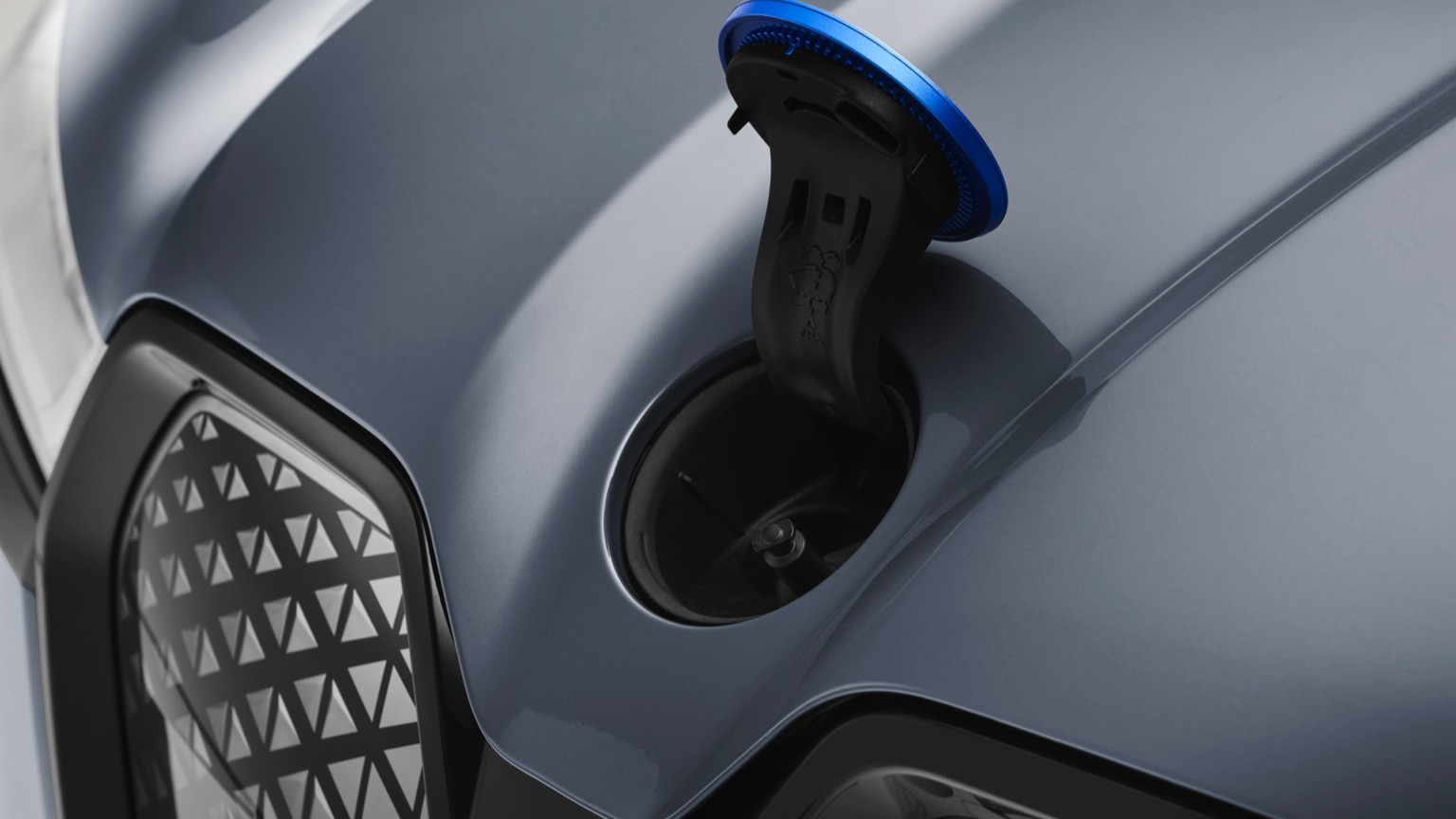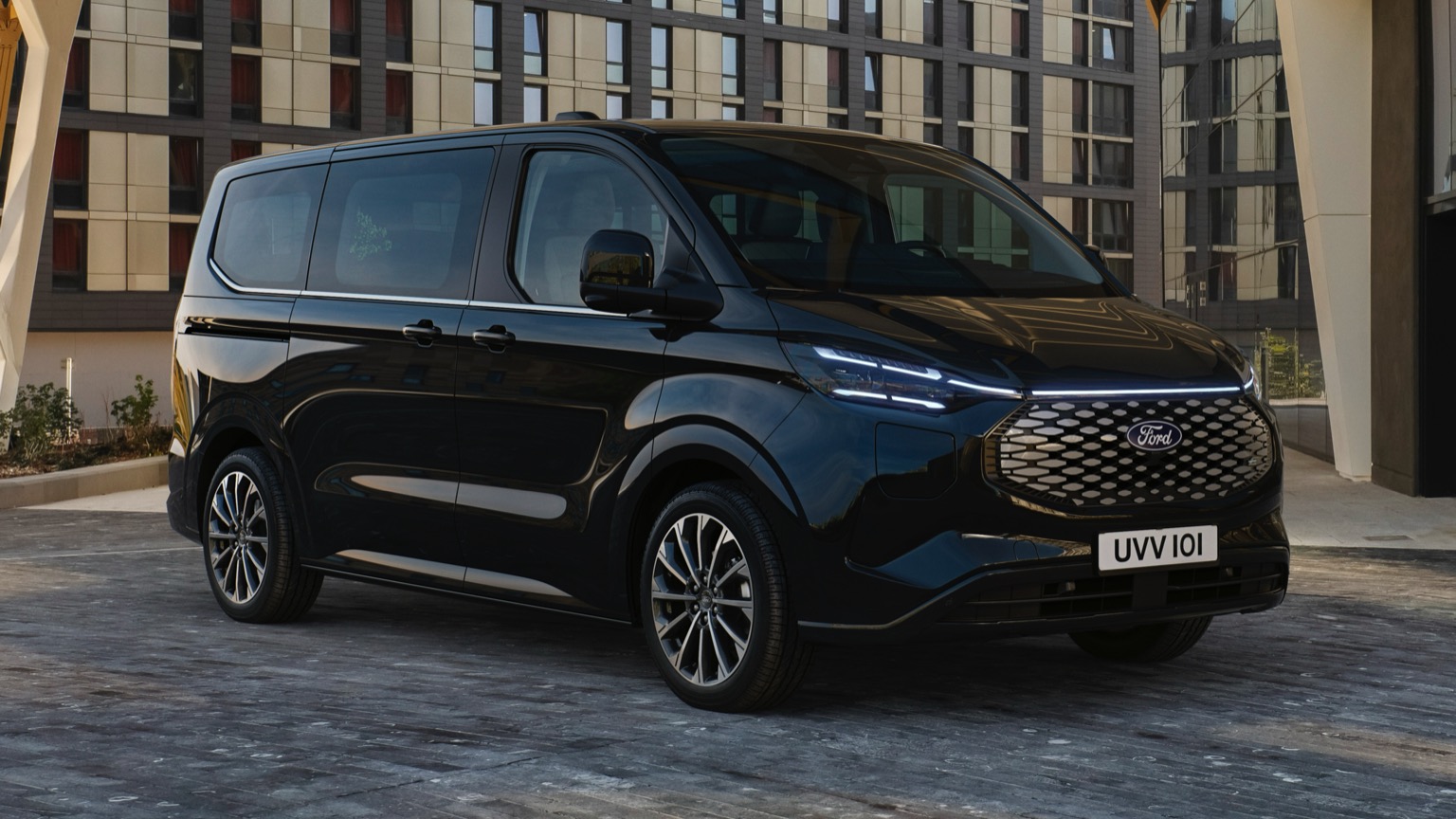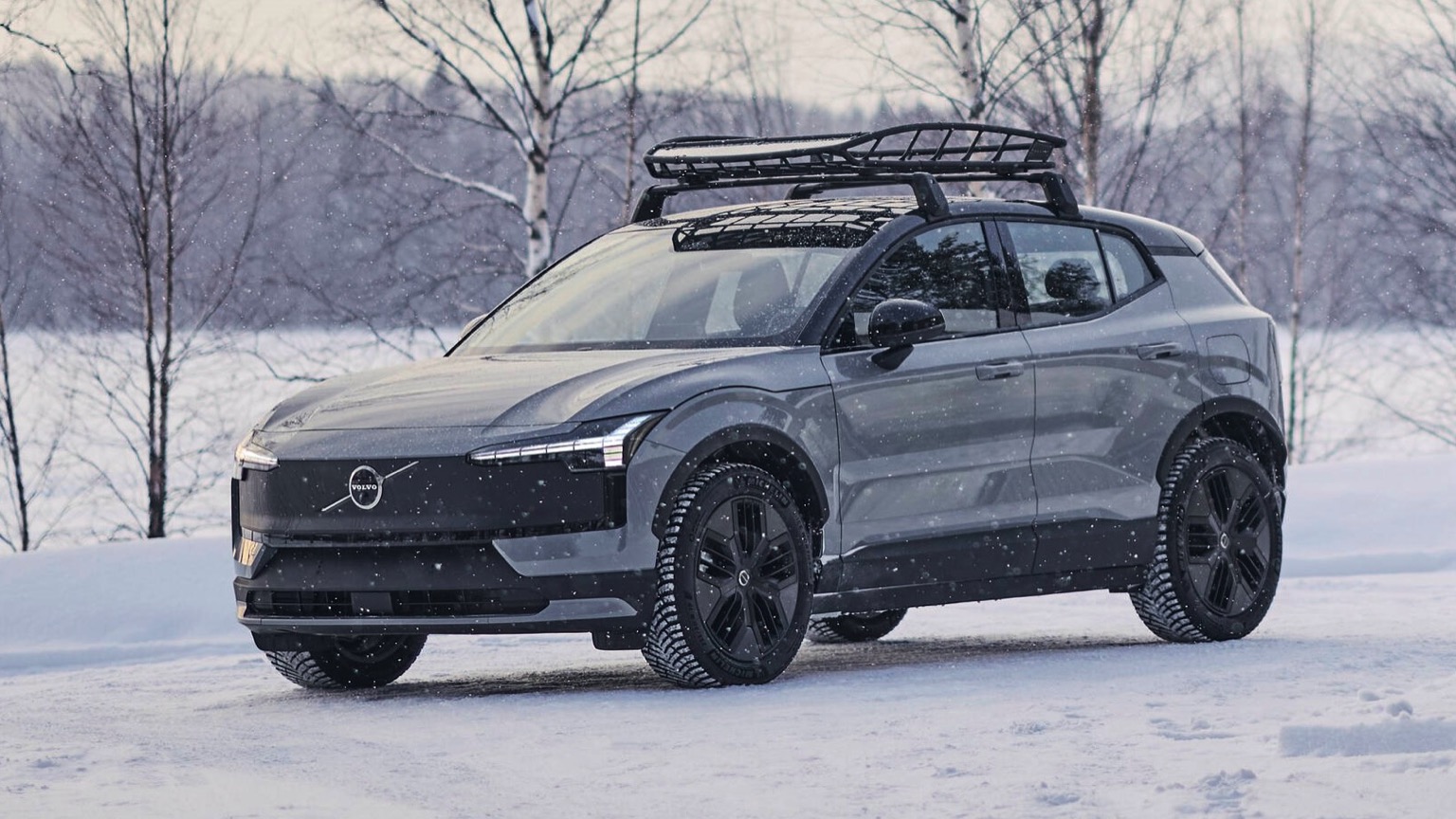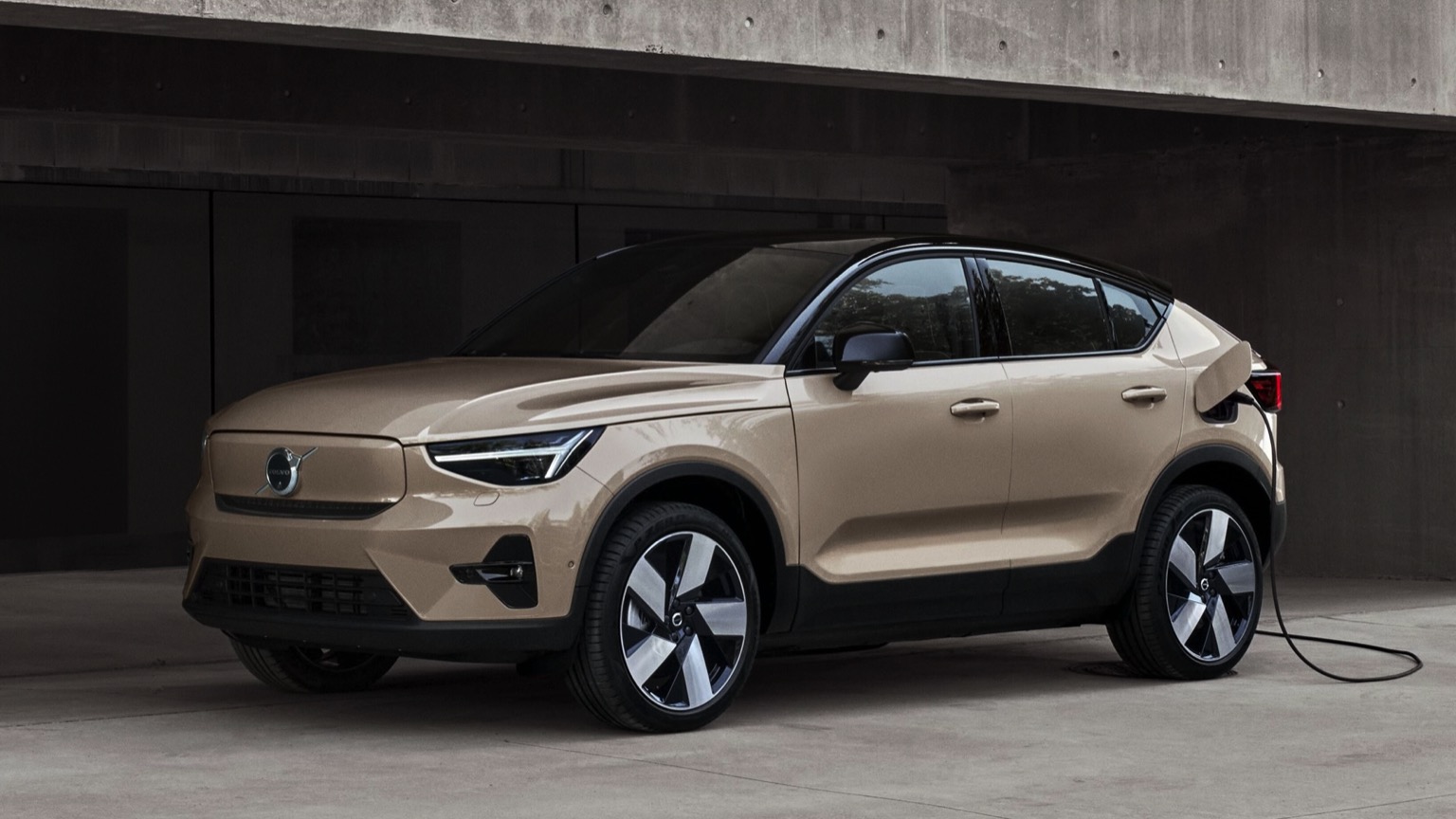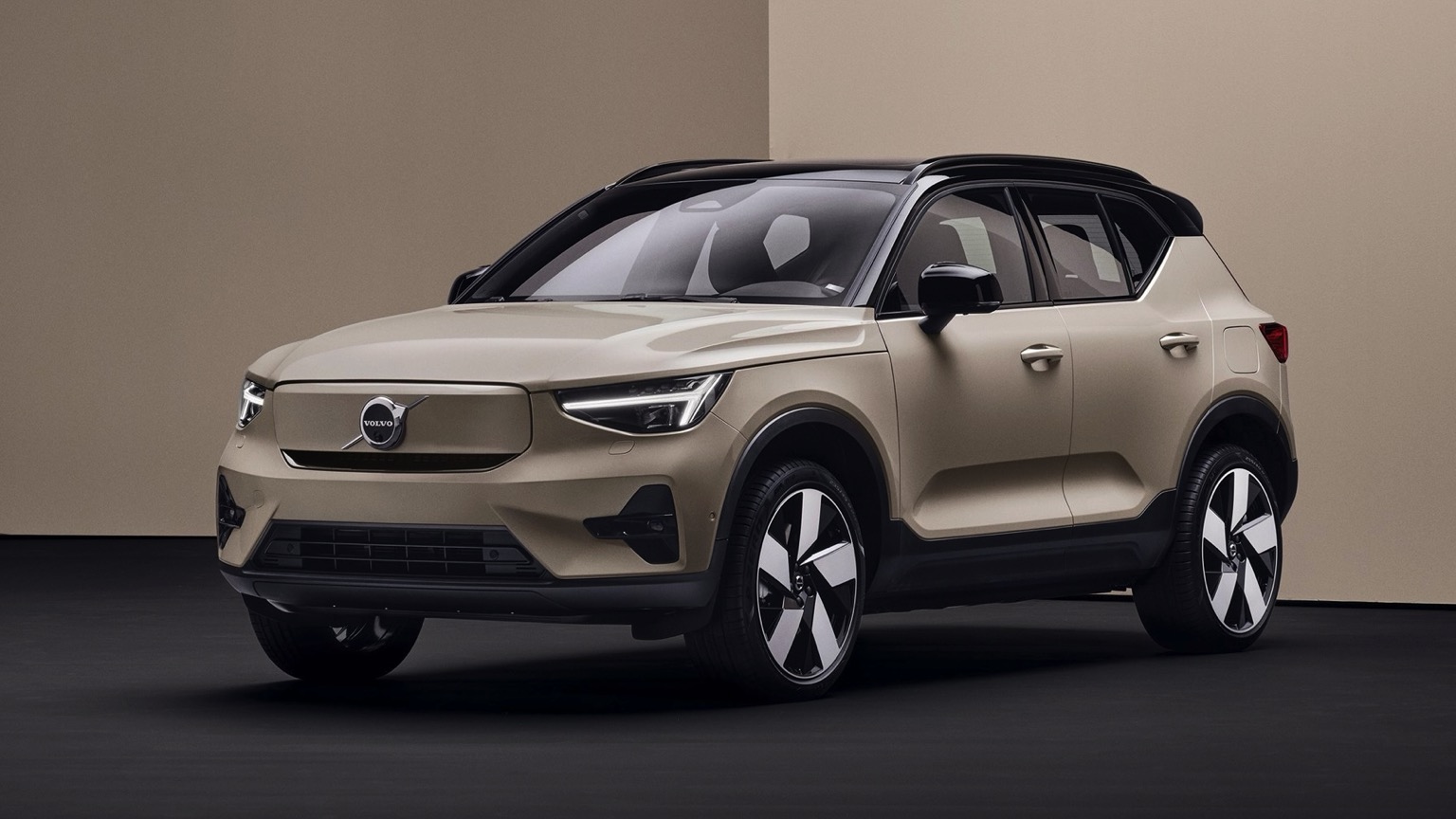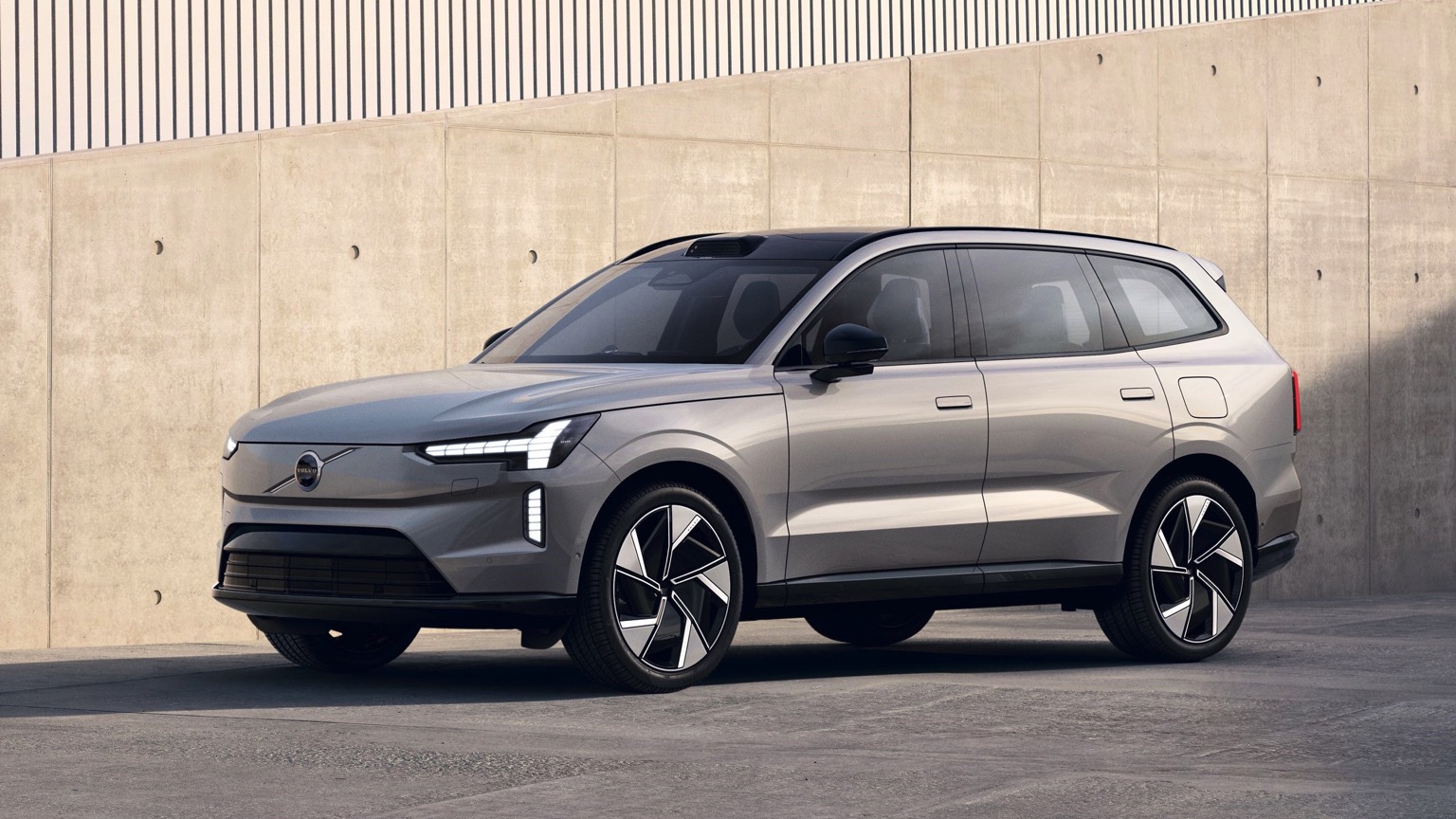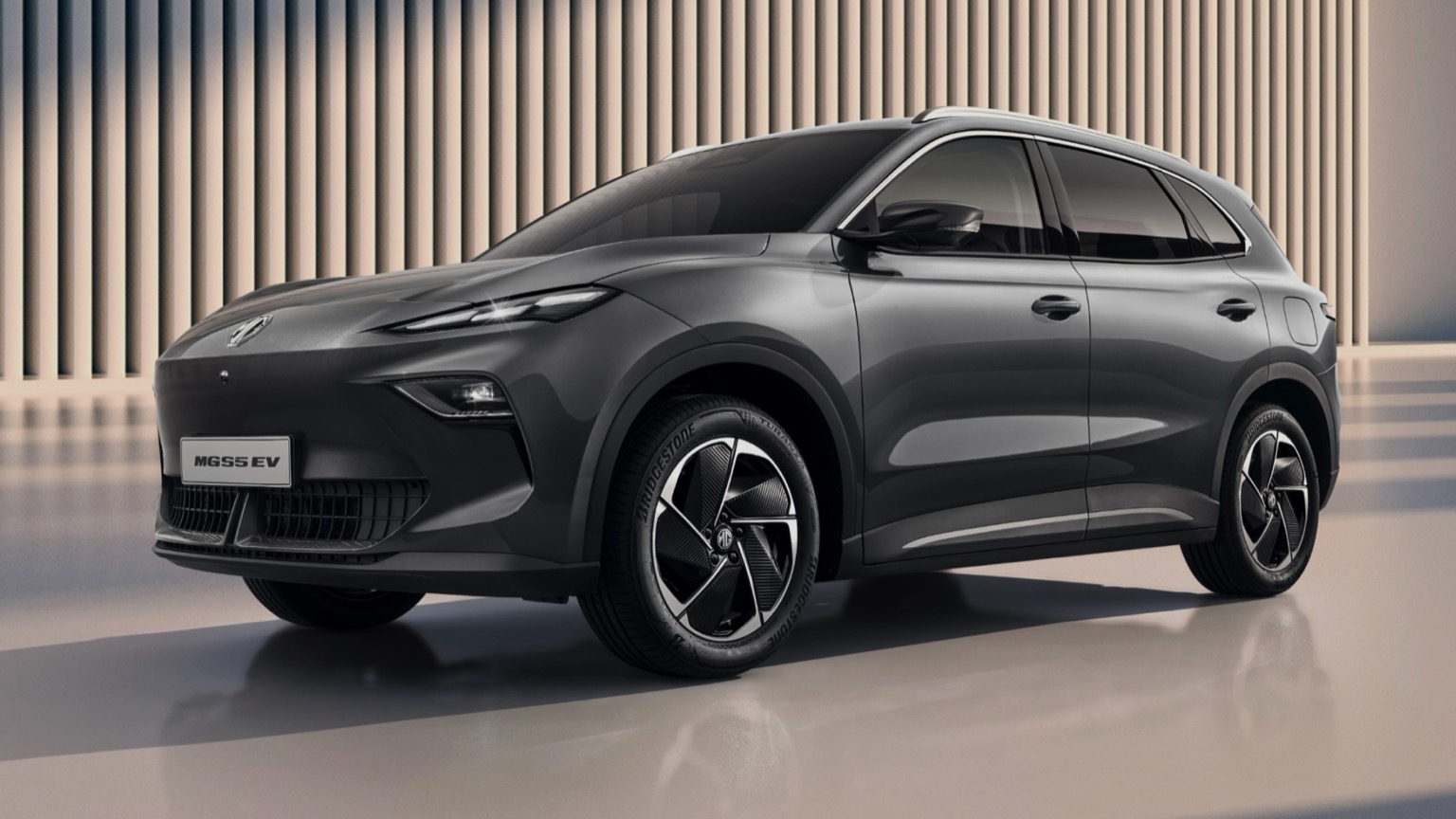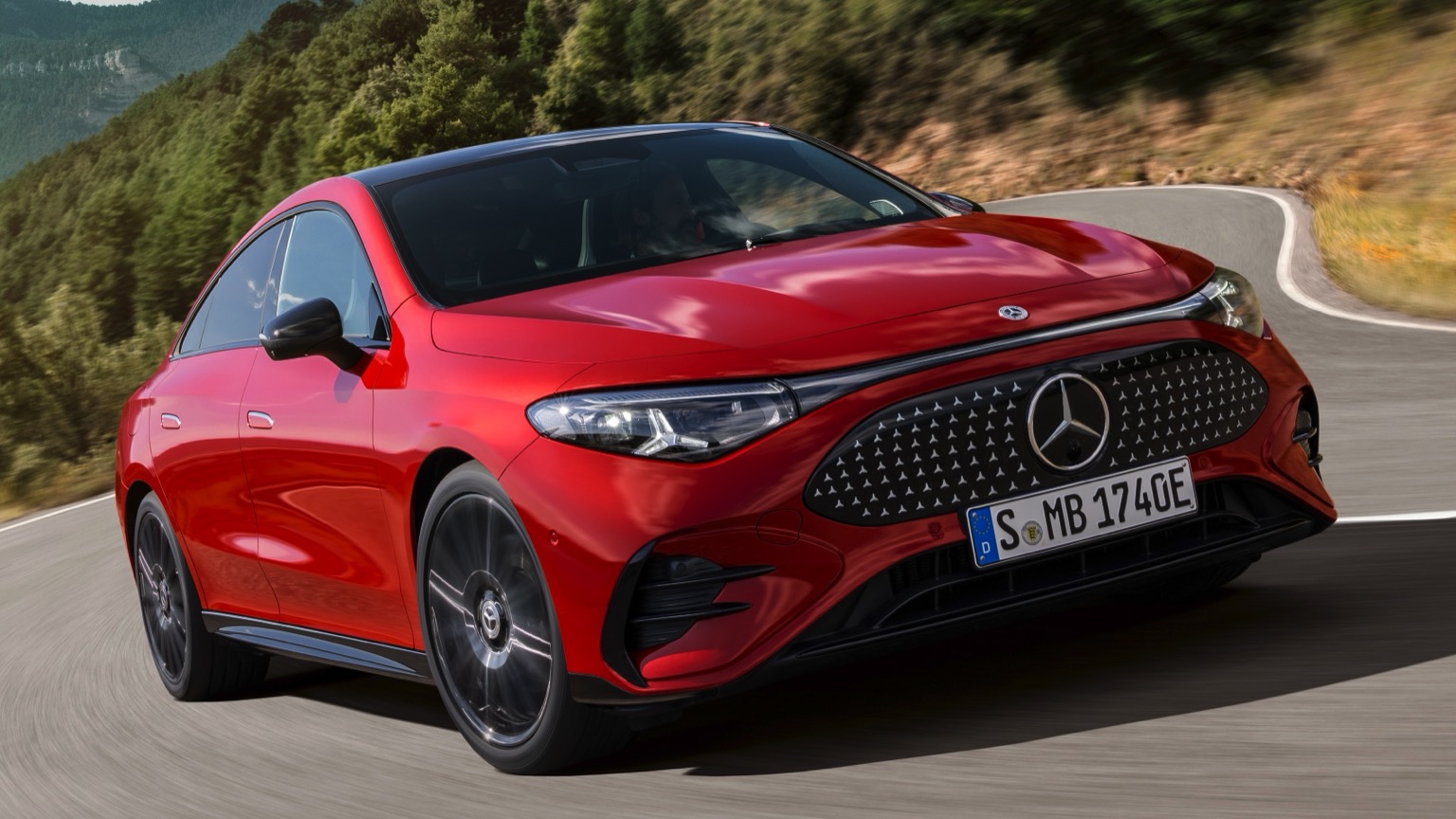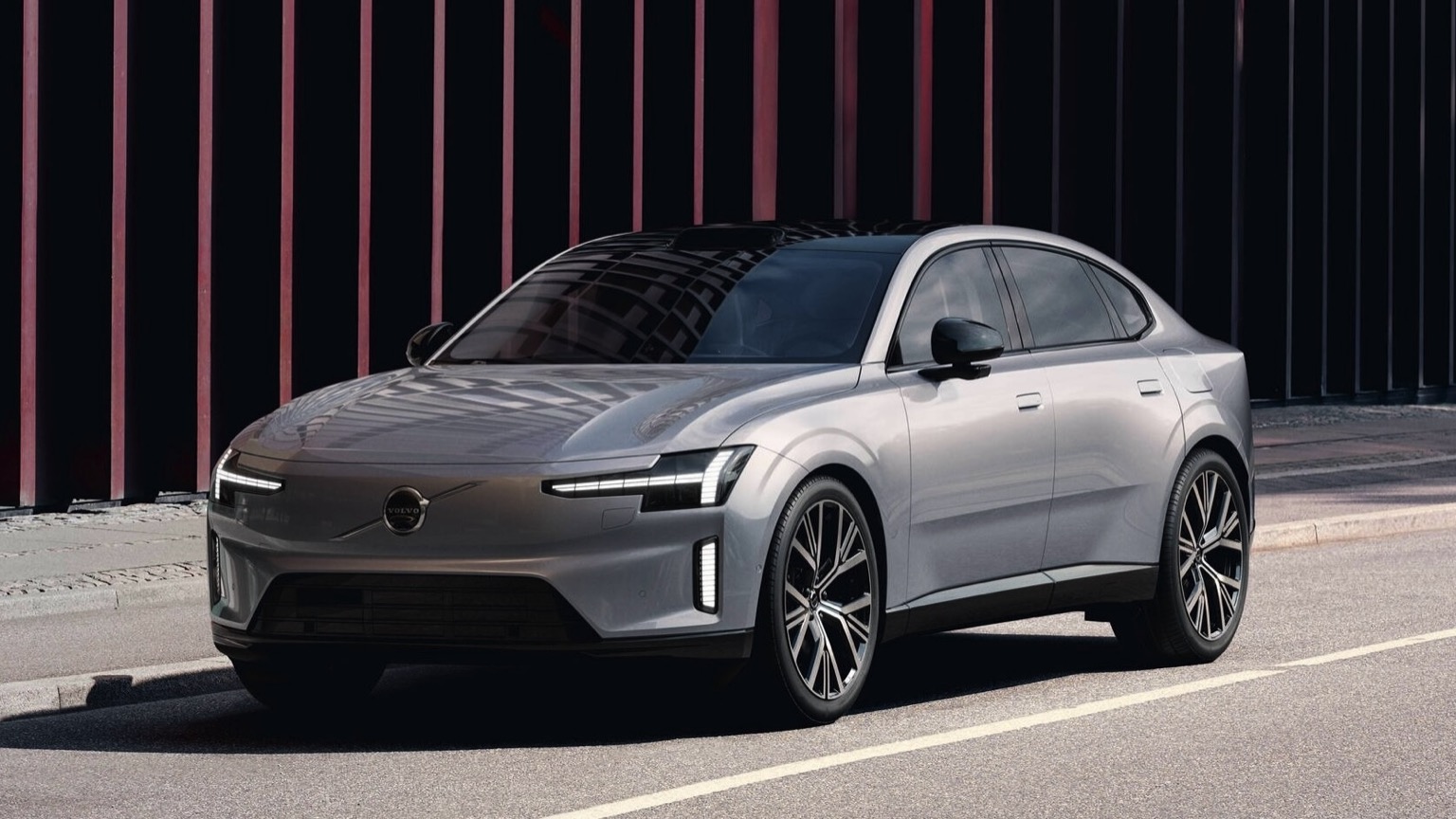Driving Range
In short, how many miles you can travel on a full charge. Is length important? Let’s not open that can of worms…
Efficiency
How many kWh of charge are needed to travel a set distance. The fewer needed, the more efficient your EV is. Easy!
Battery
The bigger the battery, the more power it can hold. In essence, fewer stops needed to top up your charge. Ahh, simplicity!
Top Speed
The maximum speed you can reach with your foot pressed hard to the floor. Important when escaping a zombie apocalypse, we assume.
Seats
Well, you don’t want to have to leave anybody at home… or do you?
Body
From stylish SUVs and compact crossovers, to curvaceous coupes and handy hatchbacks, there’s a perfect shape for everyone!
Isofix
The safe way to attach a child seat. Typically, these are hidden in the join between the back seats, alongside the crumbs from your last meal deal.
Safety Rating
A measure that considers the amount of safety kit installed, how a vehicle performs in crash testing and how safe it is for both pedestrians and cyclists.
| City - Cold Weather | 215 miles |
| Highway - Cold Weather | 160 miles |
| Combined - Cold Weather | 190 miles |
| City - Mild Weather | 320 miles |
| Highway - Mild Weather | 205 miles |
| Combined - Mild Weather | 250 miles |
Indication of real-world range in several situations. Cold weather: 'worst-case' based on -10°C and use of heating. Mild weather: 'best-case' based on 23°C and no use of A/C. For 'Highway' figures a constant speed of 110 km/h is assumed. The actual range will depend on speed, style of driving, weather and route conditions.
| Charge Port | Type 2 |
| Port Location | Right Side - Rear |
| Charge Power | 11 KW AC |
| Charge Time | 7hr 45m |
| Charge Speed | 28 mph |
| Fastcharge Port | CCS |
| FC Port Location | Right Side - Rear |
| Fastcharge Power (max) | 148 |
| Fastcharge Time | 31m |
| Fastcharge Speed | 290 mph |
General Charging (0 - 100%)
Charging is possible by using a regular wall plug or a charging station. Public charging is always done through a charging station. How fast the EV can charge depends on the charging station (EVSE) used and the maximum charging capacity of the EV
| Charging Point:Charging Point | Power:Power | Time:Time |
|---|---|---|
| Charging Point:Wall Plug | Power:2.3 kW | Time:36hr 30m |
| Charging Point:1-Phase 16A | Power:3.68 kW | Time:22hr 45m |
| Charging Point:1-Phase 32A | Power:7.36 kW | Time:11hr 30m |
| Charging Point:3-Phase 16A | Power:3.68 kW | Time:7hr 45m |
| Charging Point:3-Phase 32A | Power:7.36 kW | Time:7hr 45m |
Rapid Charging (10 - 80%)
Rapid charging enables longer journeys by adding as much range as possible in the shortest amount of time. Charging power will decrease significantly after 80% state-of-charge (SoC) has been reached.
| Charging Point:Charging Point | Average Power:Average Power | Time:Time |
|---|---|---|
| Charging Point:CCS 50 | Average Power:44 kW | Time:1hr 11m |
| Charging Point:CCS 150 | Average Power:102 kW | Time: 31m |
| Charging Point:CCS-300-DC | Average Power:102 kW | Time: 31m |
| EVDB Real Range | 220 miles |
| EVDB Vehicle Consumption | 323 Wh/mi |
| EVDB CO2 Emissions | 0 g/mi |
| EVDB Vehicle Fuel Equivalent | 1.25 l/100mi |
| WLTP Real Range | 264 miles |
| WLTP Rated Consumption | 31.2 Wh/mi |
| WLTP Vehicle Consumption | 26.9 Wh/mi |
| WLTP CO2 Emissions | 0 g/mi |
| WLTP Rated Fuel Equivalent | 1.3 l/100mi |
| WLTP Vehicle Fuel Equivalent | 1.5 l/100mi |
| Acceleration 0 - 100 km/h | 6.1 sec |
| Top Speed | 124 mph |
| Electric Range* | 220 miles |
| Total Power* | 240 kWh |
| Total Torque* | 630 Nm |
| Drive | AWD |
| Safety Rating | |
| Rating Year | 2021 |
| Adult Occupant | 91% |
| Child Occupant | 87% |
| Vulnerable Road Users | 73% |
| Safety Assist | 81% |
For more details on the safety rating of this vehicle, visit euroncap.com
| Nominal Capacity | 76.6 kWh |
| Battery Type | Lithium-ion |
| Number of Cells | N/A |
| Architecture | 400 V |
| Useable Capacity | 71 kWh |
| Cathode Material | NCM |
| Pack Configuration | N/A |
| Nominal Voltage | 330 V |
| Length | 4953 mm |
| Width | 1967 mm |
| Width (with mirrors) | 2230 mm |
| Height | 1695 mm |
| Wheelbase | 3000 mm |
| Weight Unladen (EU) | 2440 kg |
| Gross Vehicle Weight (GVWR) | 3010 kg |
| Max. Payload | 645 kg |
| Cargo Volume | 500 L |
| Cargo Volume (Max) | 1750 L |
| Cargo Volume Frunk | N/A |
| Roof Load | 75 kg |
| Tow Hitch Possible | Yes |
| Towing Weight Unbraked | 750 kg |
| Towing Weight Braked | 2500 kg |
| Vertical Load Max | 100 kg |
| Seats | 5 |
| Isofix | Yes, 2 seats |
| Turning Circle | 12.8m |
| Platform | BMW CLAR |
| Car Body | SUV |
| Segment | E |
| Roof Rails | No |
| EV Dedicated Platform | No |
* = estimated value. Average energy consumption and range based on moderate drive style and climate. Real-life values may differ significantly. Pricing information might not be actual for some regions. No rights can be derived from the information on this site.
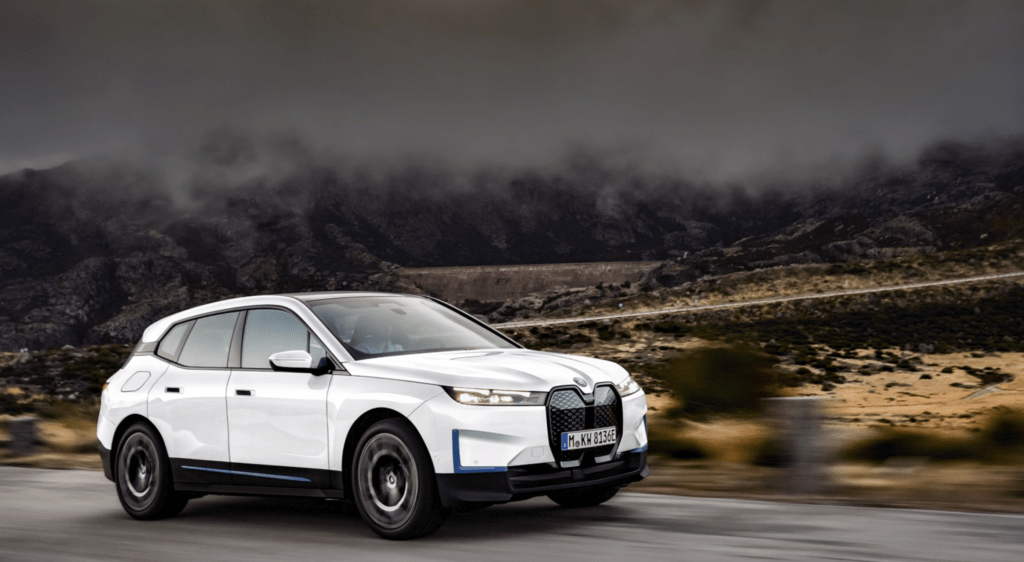
BMW iX xDrive 40 Charging Guide
The BMW iX stands as a testament to BMW’s dedication to redefining the boundaries of luxury and sustainability in the electric vehicle space. It seamlessly integrates cutting-edge technology, opulent design, and a commitment to eco-friendly mobility. The iX is not just a vehicle; it represents BMW’s vision for the future, where high-end driving experiences coalesce with environmental consciousness.
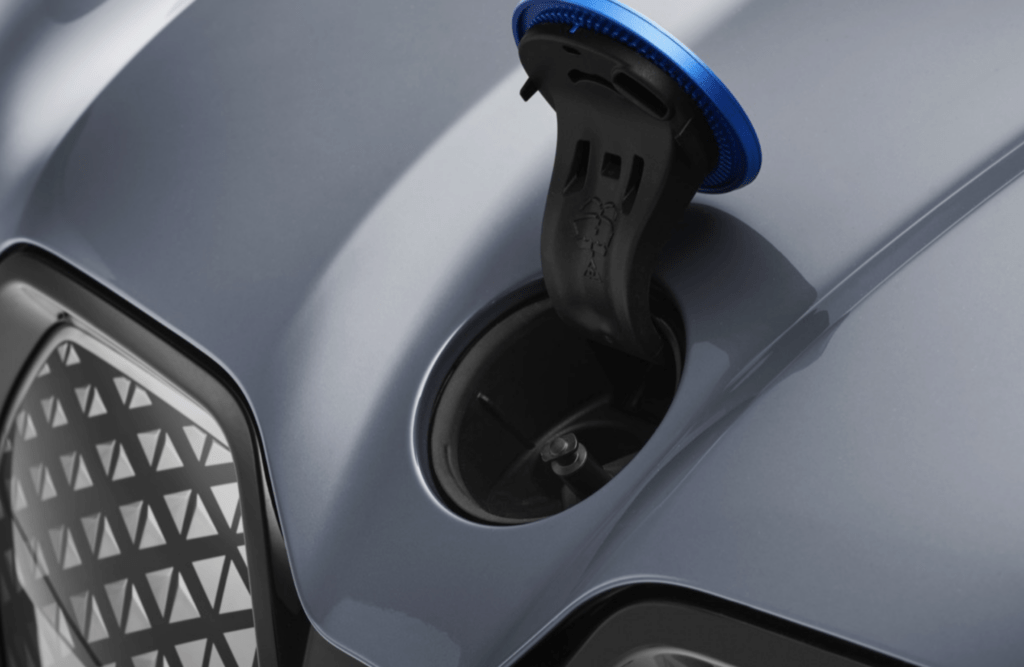
How can I charge the BMW iX?
Charging the BMW iX is a streamlined process that aligns with its ethos of convenience and efficiency. The majority of iX drivers opt for the ease of home charging. The iX is designed for home charging using Level 2 chargers, ensuring a practical and consistent charging solution. Overnight charging enables the iX to start each day with a full battery.
While on the move, the BMW iX can use public charging points when required. However the iX does not use Tesla Superchargers, it is equipped with it’s own DC fast-charging capabilities. Owners can utilise public charging networks, including CCS fast-charging stations, for rapid replenishment while on the go.
How long does it take to charge the BMW i4 xDrive 40?
10 hours 08 minutes*
*Using a standard 7kWh charger, such as zappi it would take 10 hours and 08 minutes to fully charge your 71kWh battery. The BMW iX xDrive 40 also has the capability to be charged on the 22kWh zappi, which would reduce this charging time down to 10 hours and 08 minutes.
What is the range of the BMW iX xDrive 40?
220 miles**The range of the BMW i4 iX xDrive 40 with the 71kWh battery, differs between 160 miles and 320 miles depending on your driving conditions and the type of road. Typically, the average range from a full charge will be around 220 miles.
How much does it cost to charge the BMW iX M60?
£5.33**It could cost just £5.33 to charge the BMW i4 eDrive40, with the 71kWh battery, when fully utilising off-peak charging on an Octopus Intelligent tariff, at 0.075p/kWh. In contrast, peak charging on a standard rate of 0.34p/kWh can cost £24.14 to charge up.
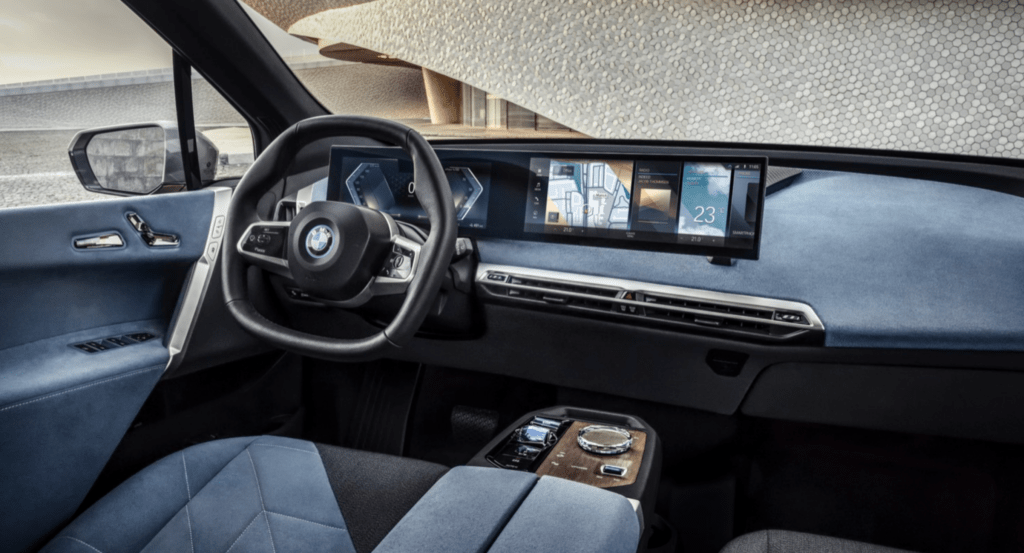
Can the BMW iX change colour?
The BMW iX introduces a unique feature – the optional BMW Individual Colour. This innovative paint technology allows the iX to change its colour based on external factors such as temperature and sunlight. The result is a vehicle that adapts to its environment, creating a dynamic and engaging visual experience.
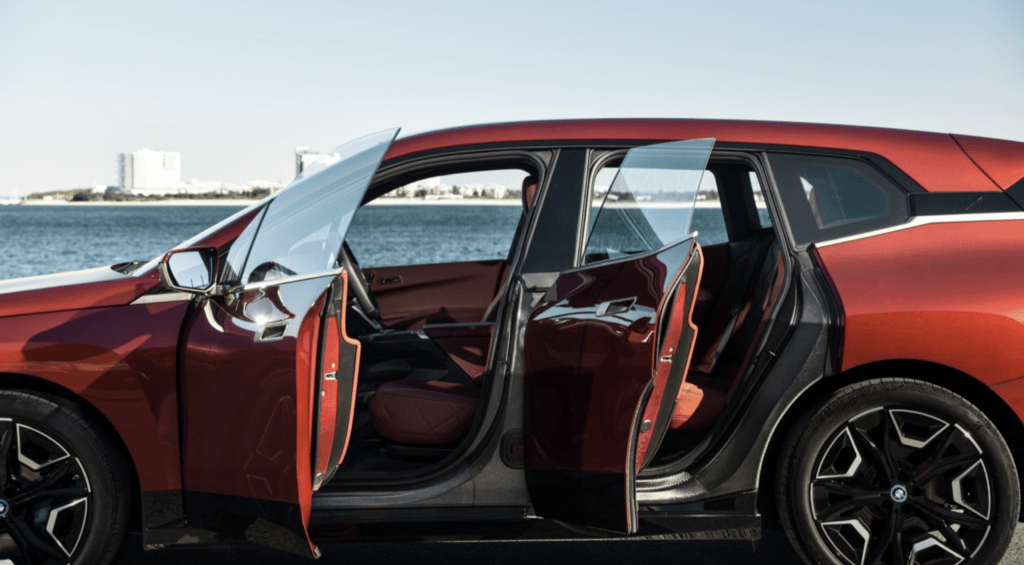
Does the BMW iX have one pedal driving?
The BMW iX embraces the concept of one-pedal driving. This feature allows drivers to control both acceleration and deceleration with a single pedal, simplifying the driving experience. Lift off the pedal, and regenerative braking engages, converting kinetic energy back into usable electric power while providing a smoother and more efficient driving experience.
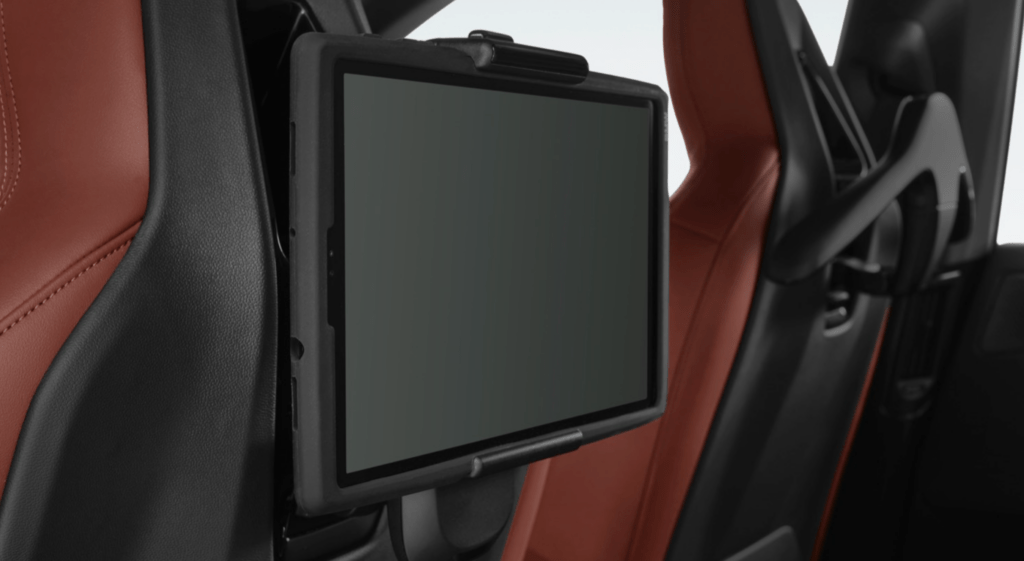
Is BMW iX a luxury car?
The BMW iX is not merely an electric vehicle; it represents a harmonious blend of luxury, sustainability, and cutting-edge technology. With its premium pricing, versatile charging options, colour-shifting capabilities, and innovative driving features like one-pedal driving, the iX caters to those who demand a sophisticated driving experience without compromising on environmental responsibility. BMW’s iX is a herald of a future where luxury meets sustainability, promising a dynamic and eco-conscious journey on the road ahead.
Similar Electric Vehicles

